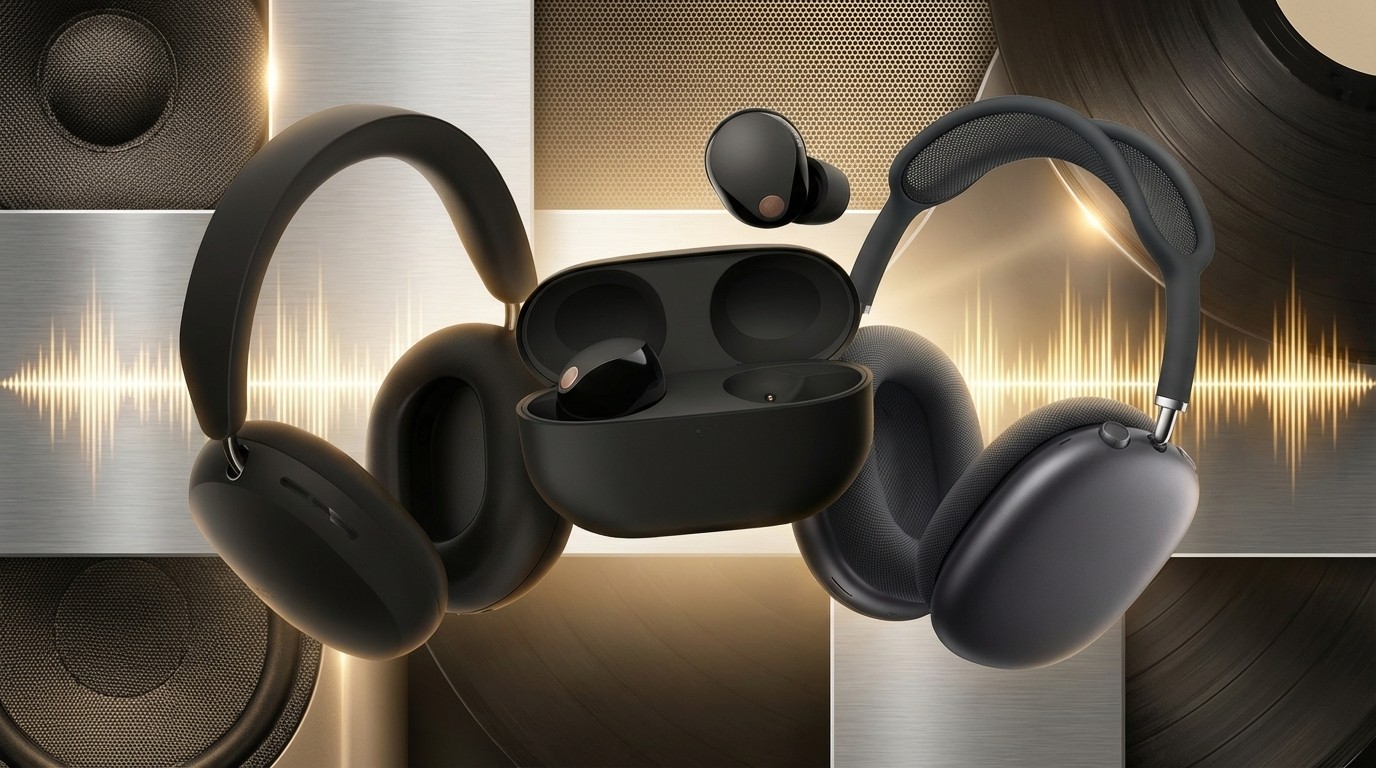Best iPads 2025: big and small, budget to premium, all reviewed by experts
The best Apple tablets deliver fantastic picture and sound quality
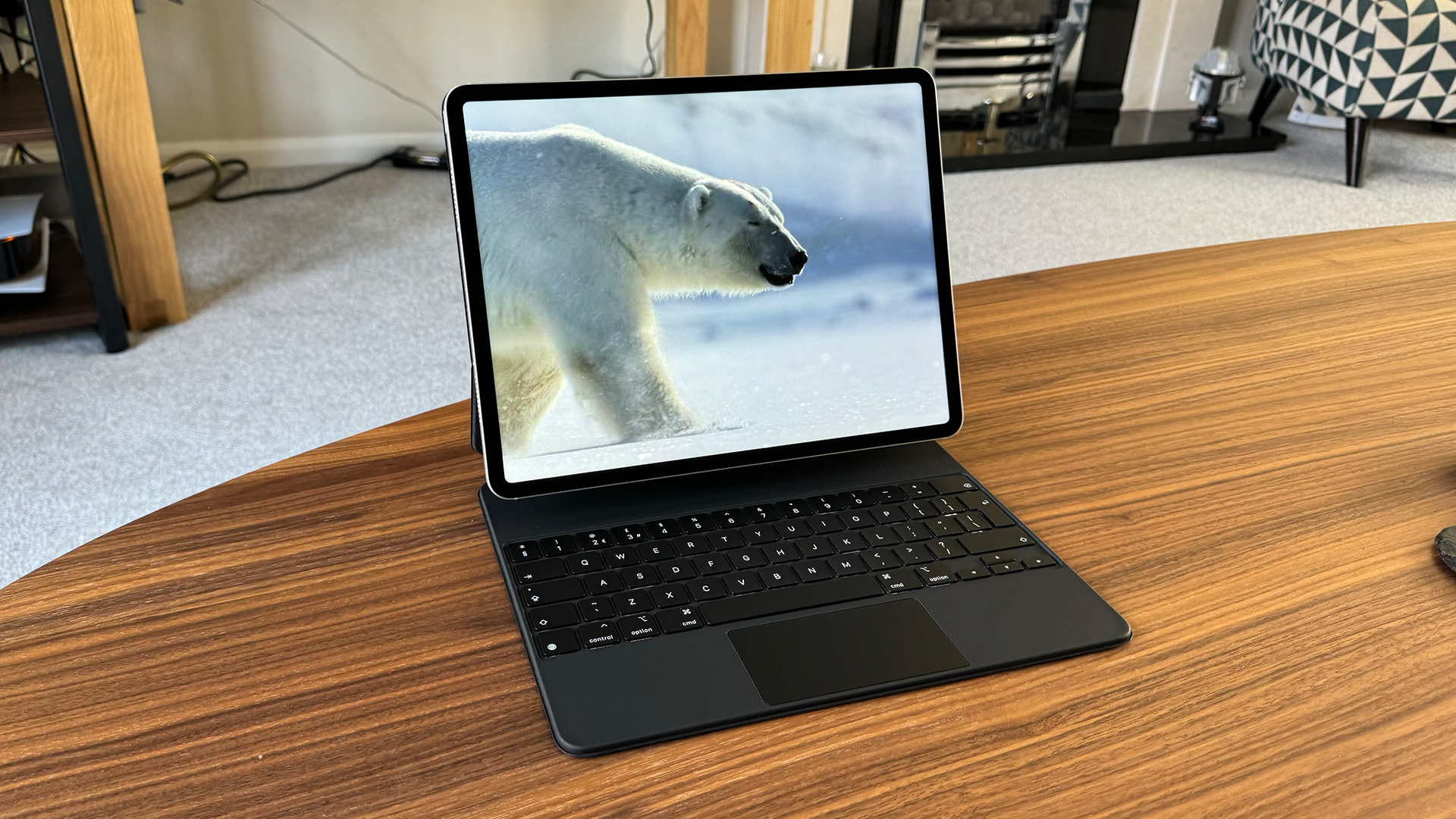
Finding the right iPad for you can seem like a quite the task, especially considering the amount of options Apple has rolled out. The tech giant first launched its now famous tablet back in 2010, and has continued to produce some of the best portable big-screen devices on the market.
While many use them for productivity or gaming, we see their true potential as the ultimate devices to take your music and movies on the go. In the 25 years since the iPad was first brought out, Apple's tablet lineup has had some major upgrades. There's the small but mighty iPad Mini, the thin and light iPad Air, and the powerful iPad Pro to choose from.
The lineup has been diversified (a lot can happen in almost a decade and a half), as you'll now find a standard model, the compact iPad Mini, the thin and light iPad Air, and the thinner and lighter (confusing, we know) iPad Pro which also happens to be super powerful. The Pro steals the spotlight here, as it has recently been upgraded to include an enticing Tandem OLED display.
Apple has also announced that there will be a new iPad Air with an M3 chip only a year after the previous model was released. We've yet to get this into the testing room, but will get our hands on it as soon as we can. It has also introduced another iPad Mini, although we have yet to test it.
But let's take a look at the iPads you can actually buy now. Here you'll find our recommendation for which iPad you should get based on your budget and needs. Each model has been tested by our expert team of reviewers, with a focus on picture and sound quality over all else; if you'd like to find out more about this process then you can read more about how we test iPads.
With all of that out of the way, here are our picks for the best iPads:

As someone who has grown up with iPads, I have seen them evolve and used them throughout my life in practically every way imaginable. Whether that be as an educational tool during my school and university years, or to pass the time on long-haul flights with my favourite movies and albums; each time I use one I'm reminded of how versatile they are. While the lineup has been simplified recently, it's still tricky to determine which iPad will best suit your needs; thankfully this handy guide should help you figure out which Apple tablet is the best fit for you.
The quick list
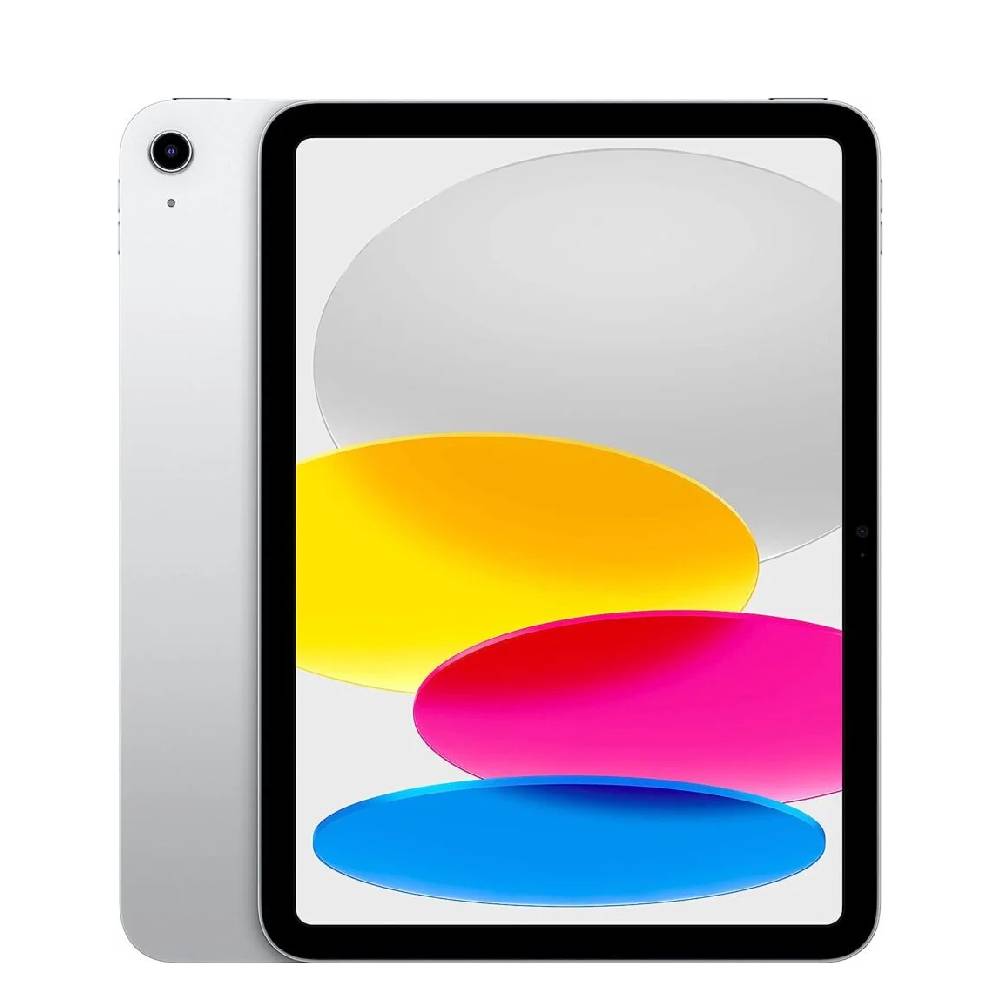
Best overall
The latest iPad is a well-rounded and versatile tablet that we wouldn’t hesitate to recommend to anyone.
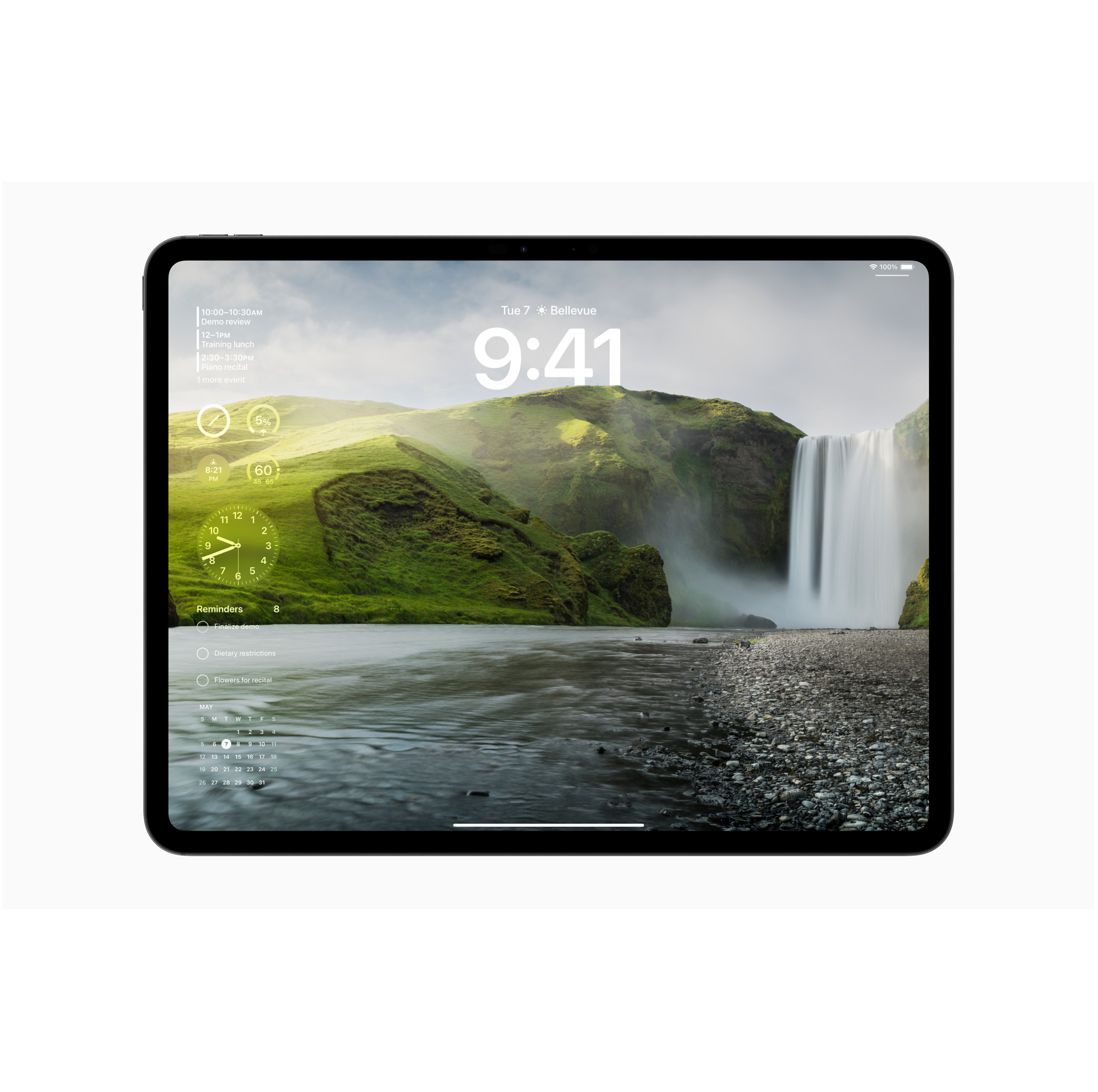
Best premium
It's not cheap, but OLED brings the iPad Pro to a whole new level of portable cinematic brilliance.
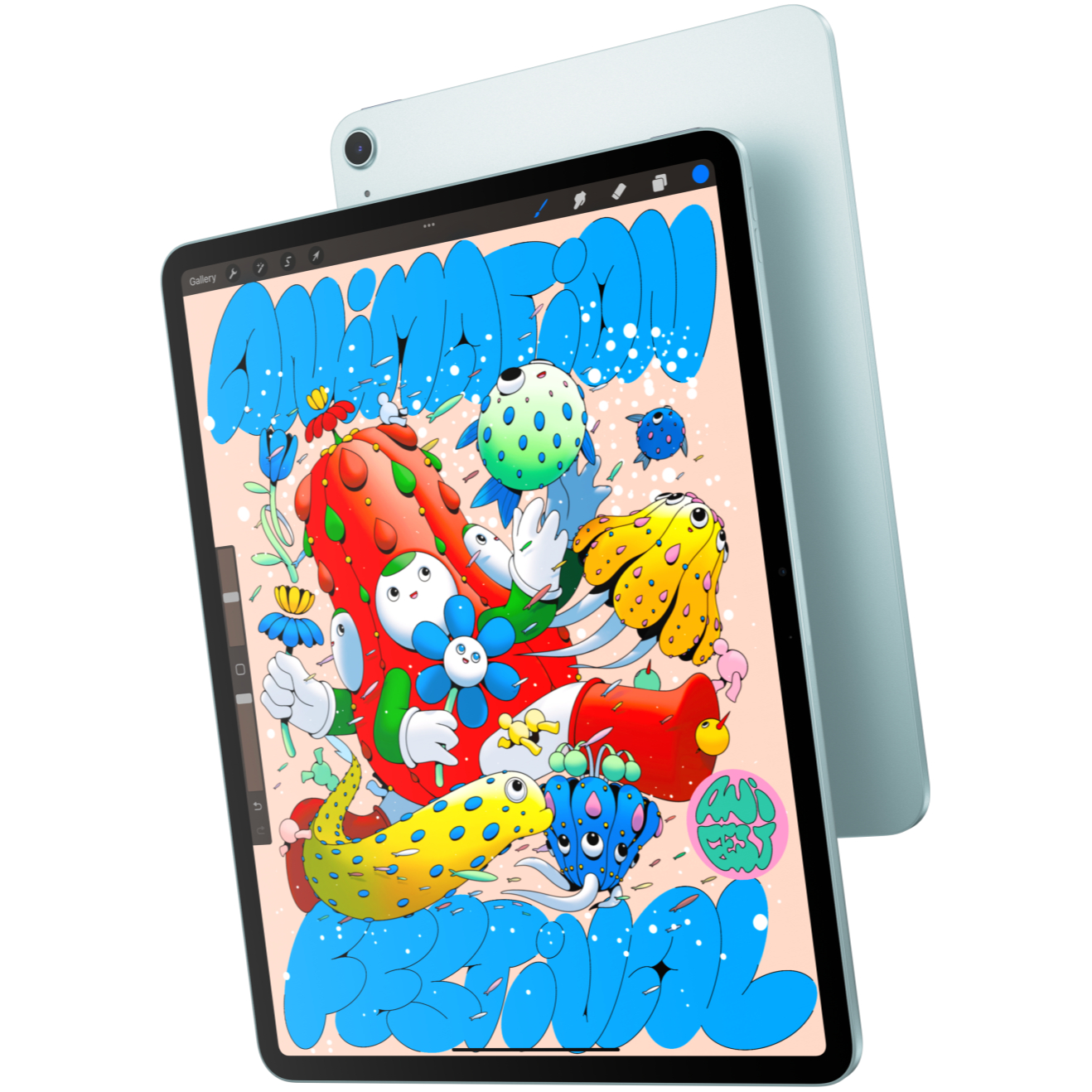
Best mid-range
The iPad Air has power to spare and delivers a balanced picture that’s hard to take your eyes off.
Load the next product ↓
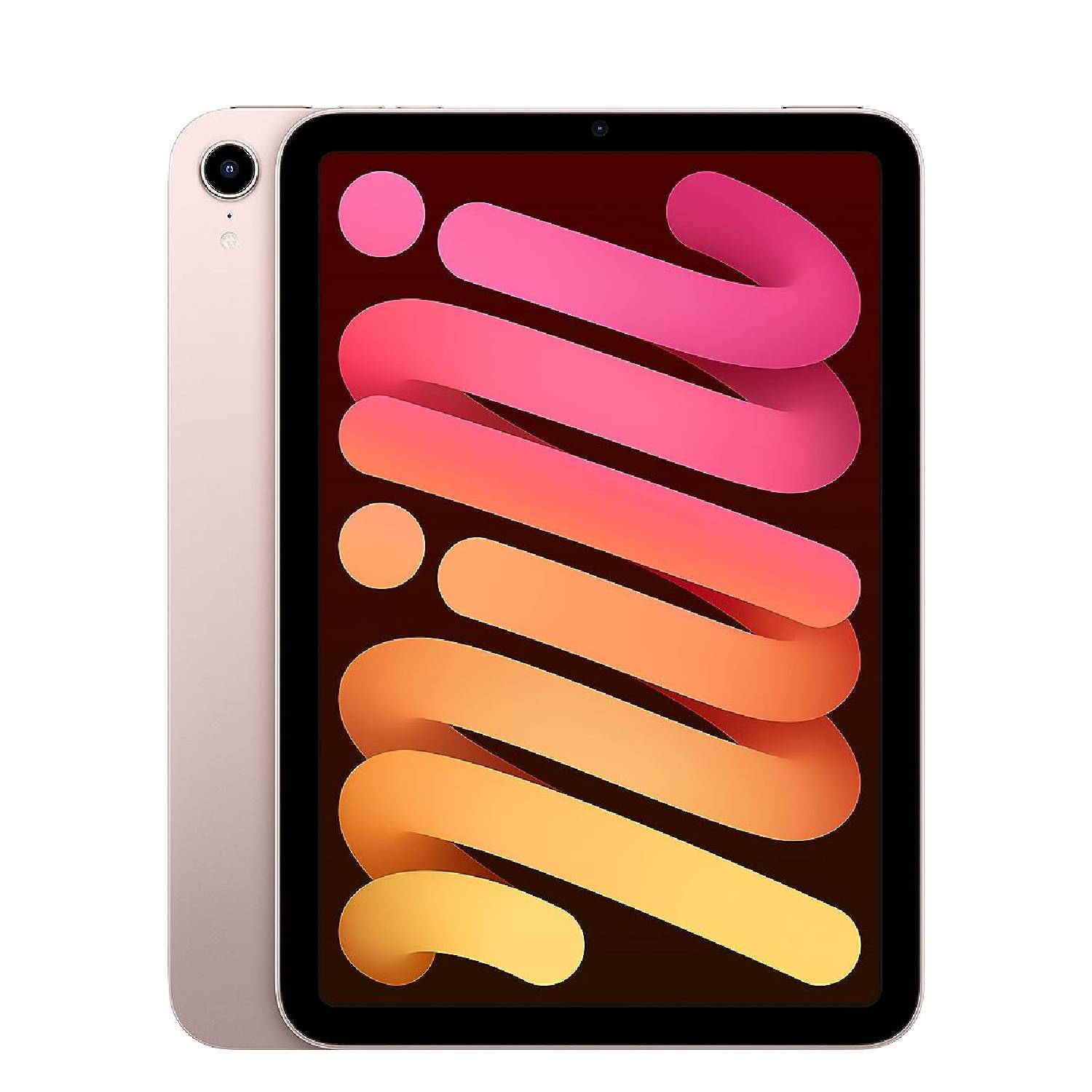
Best small
Apple’s smallest iPad takes everything that makes its bigger tablets great and squeezes it into a more compact chassis.
The best iPads we recommend in 2024
Why you can trust What Hi-Fi?
The best iPad overall

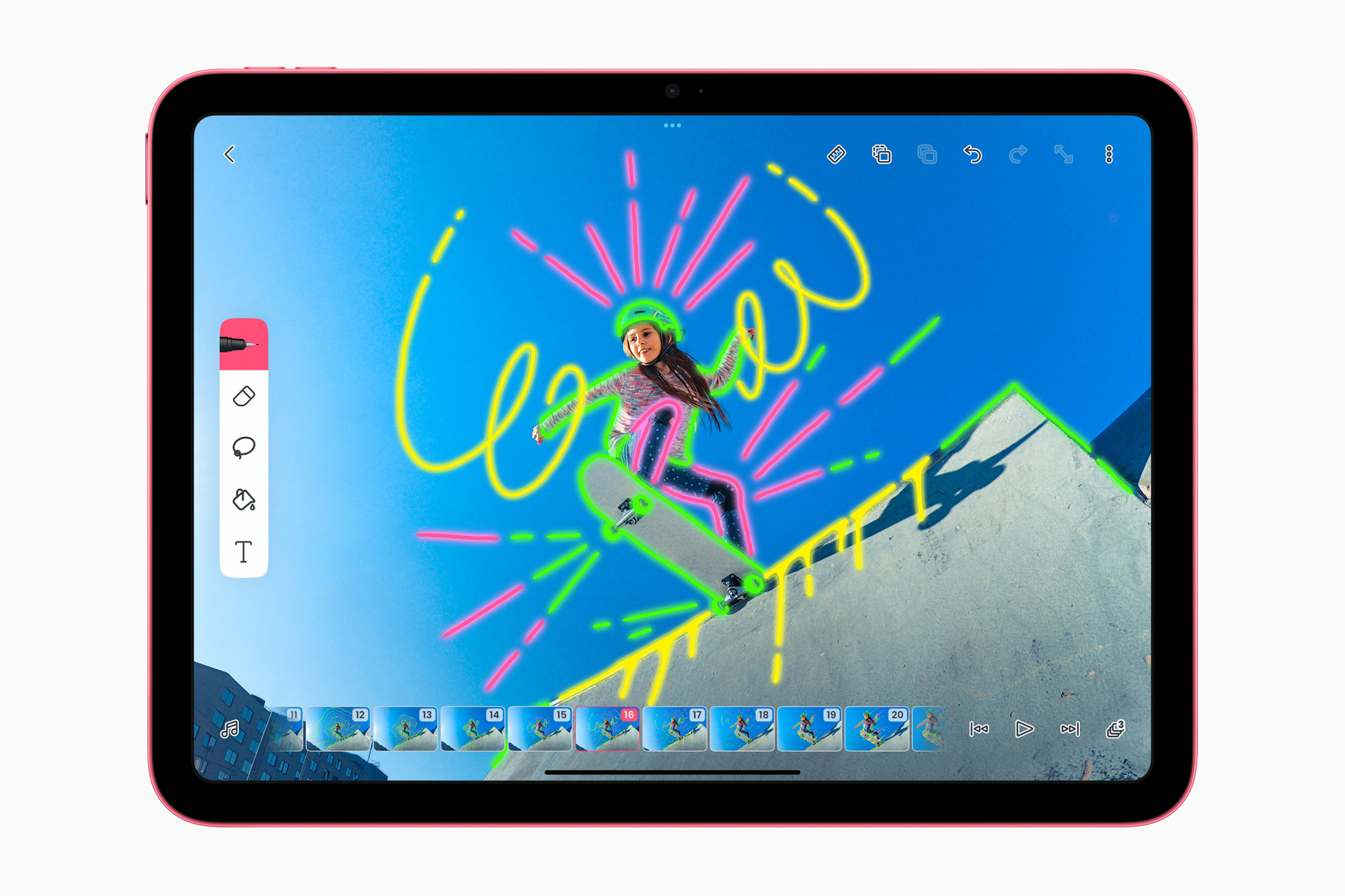
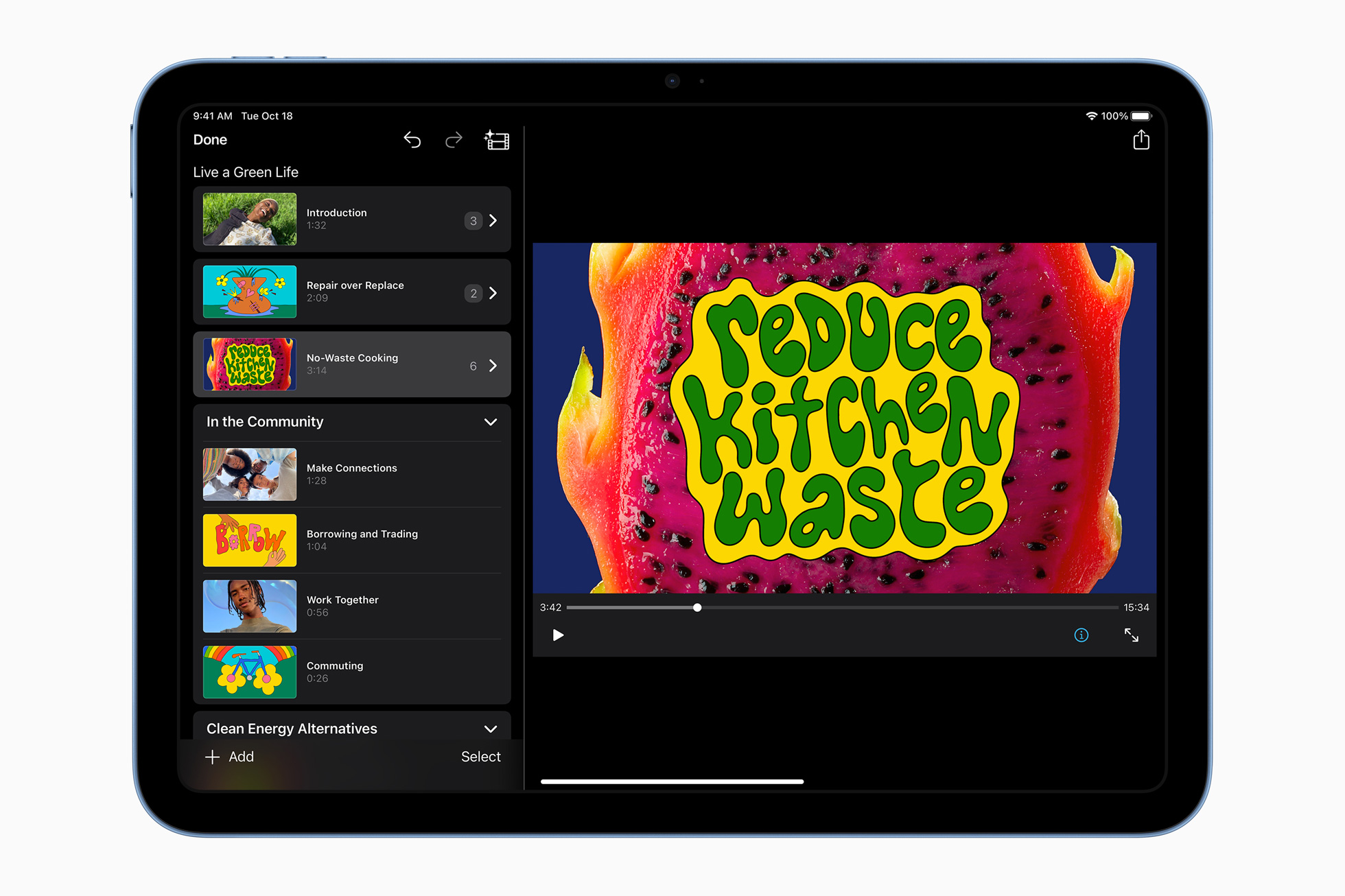
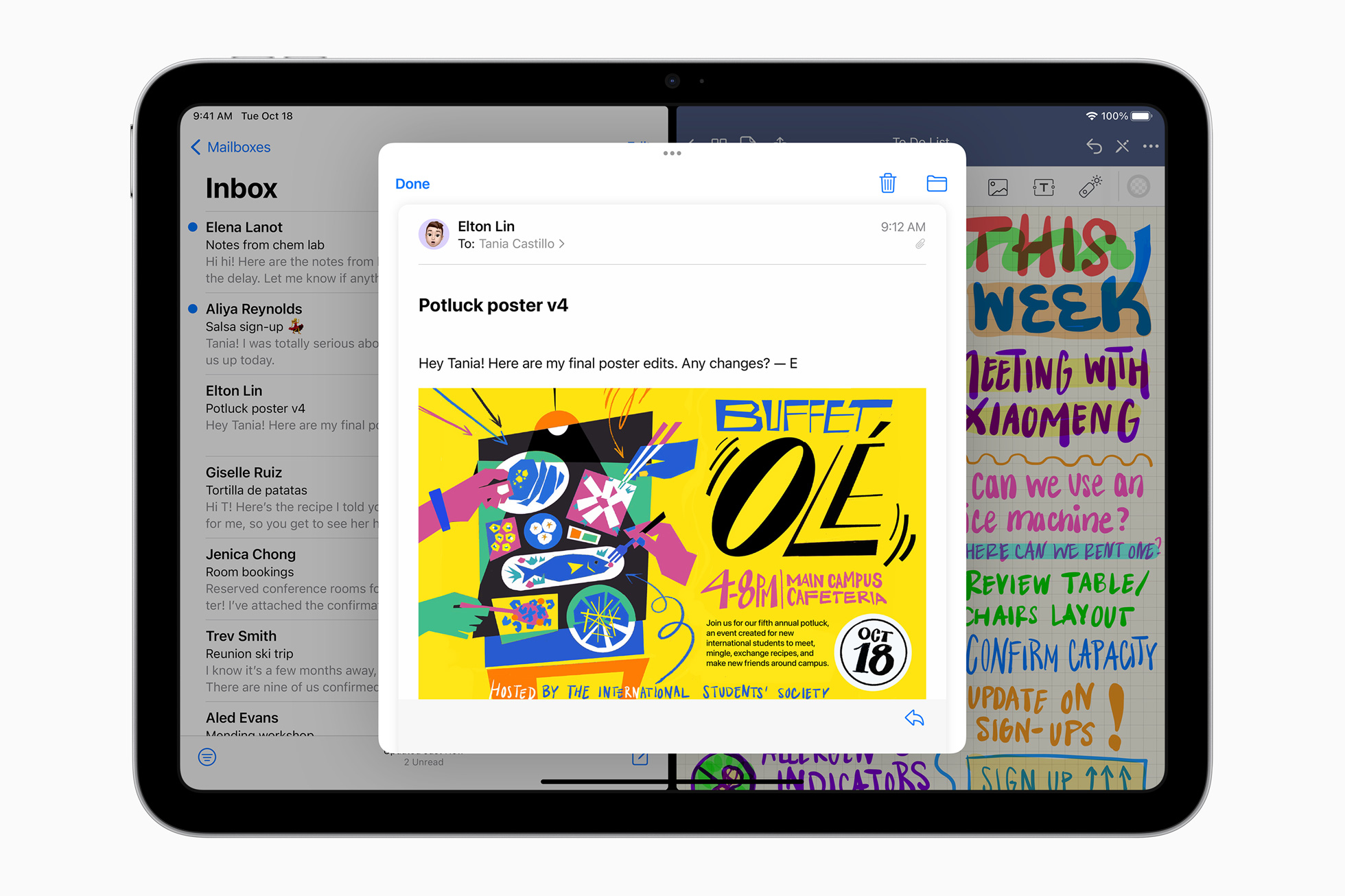
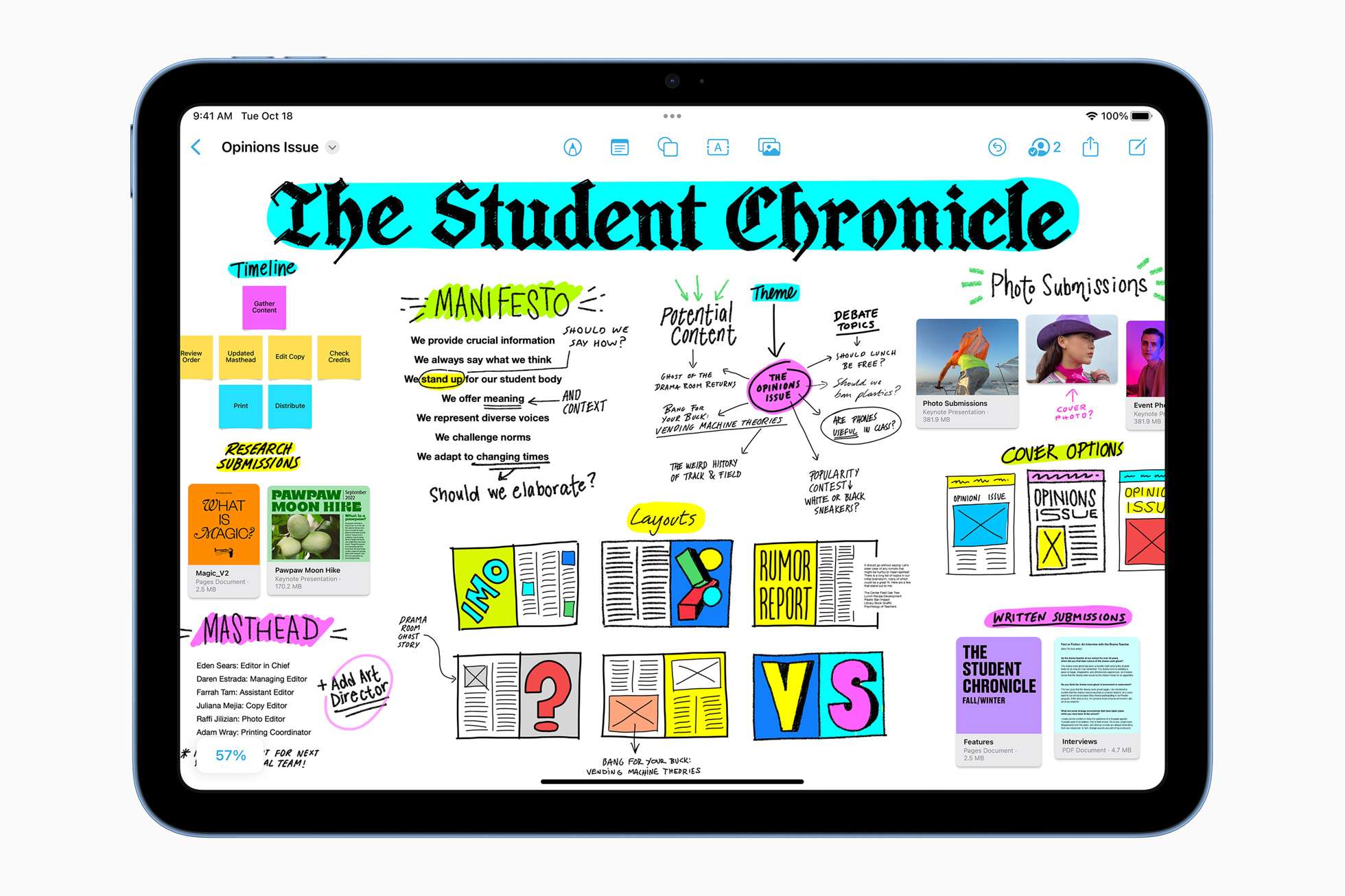
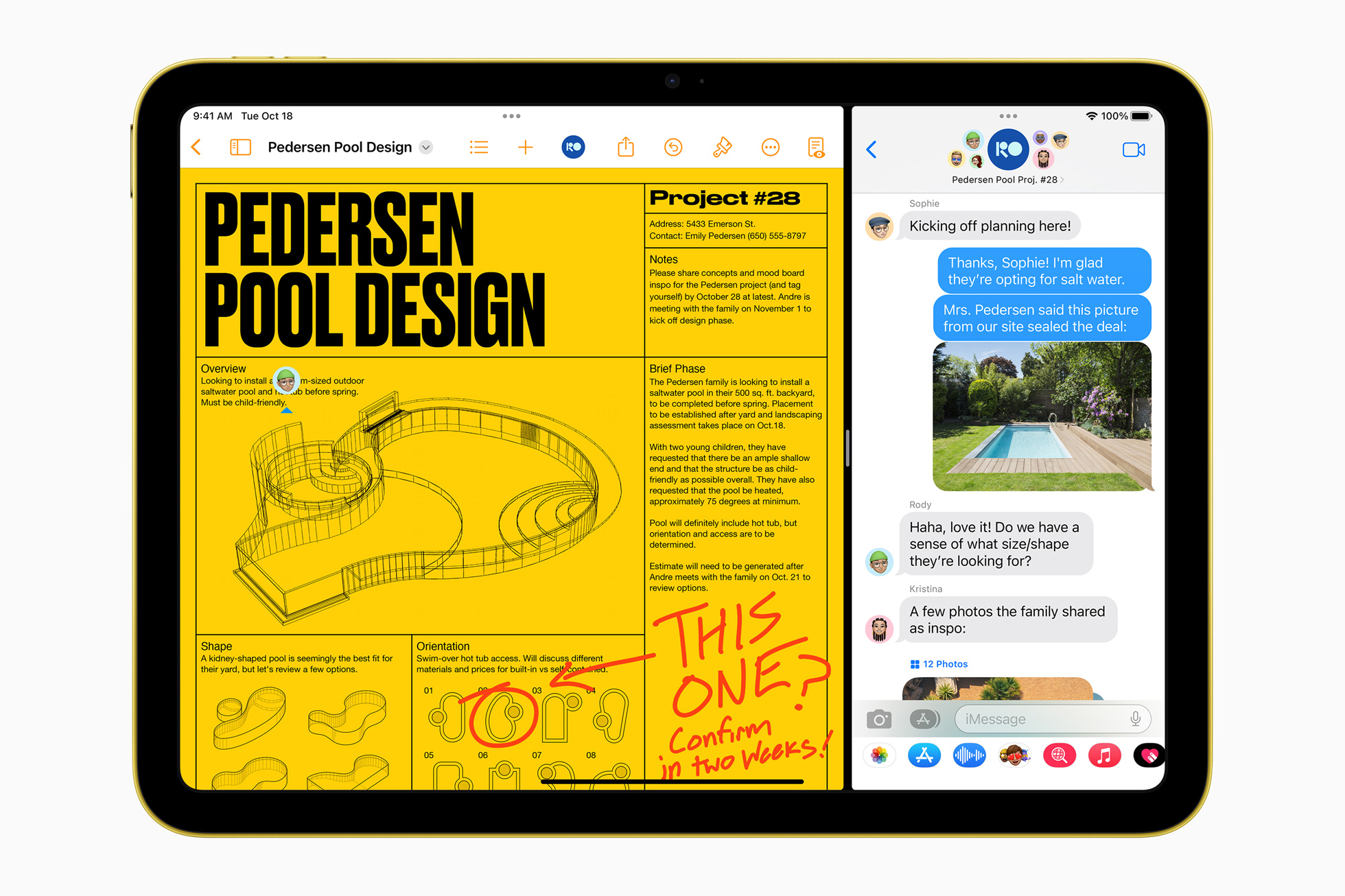
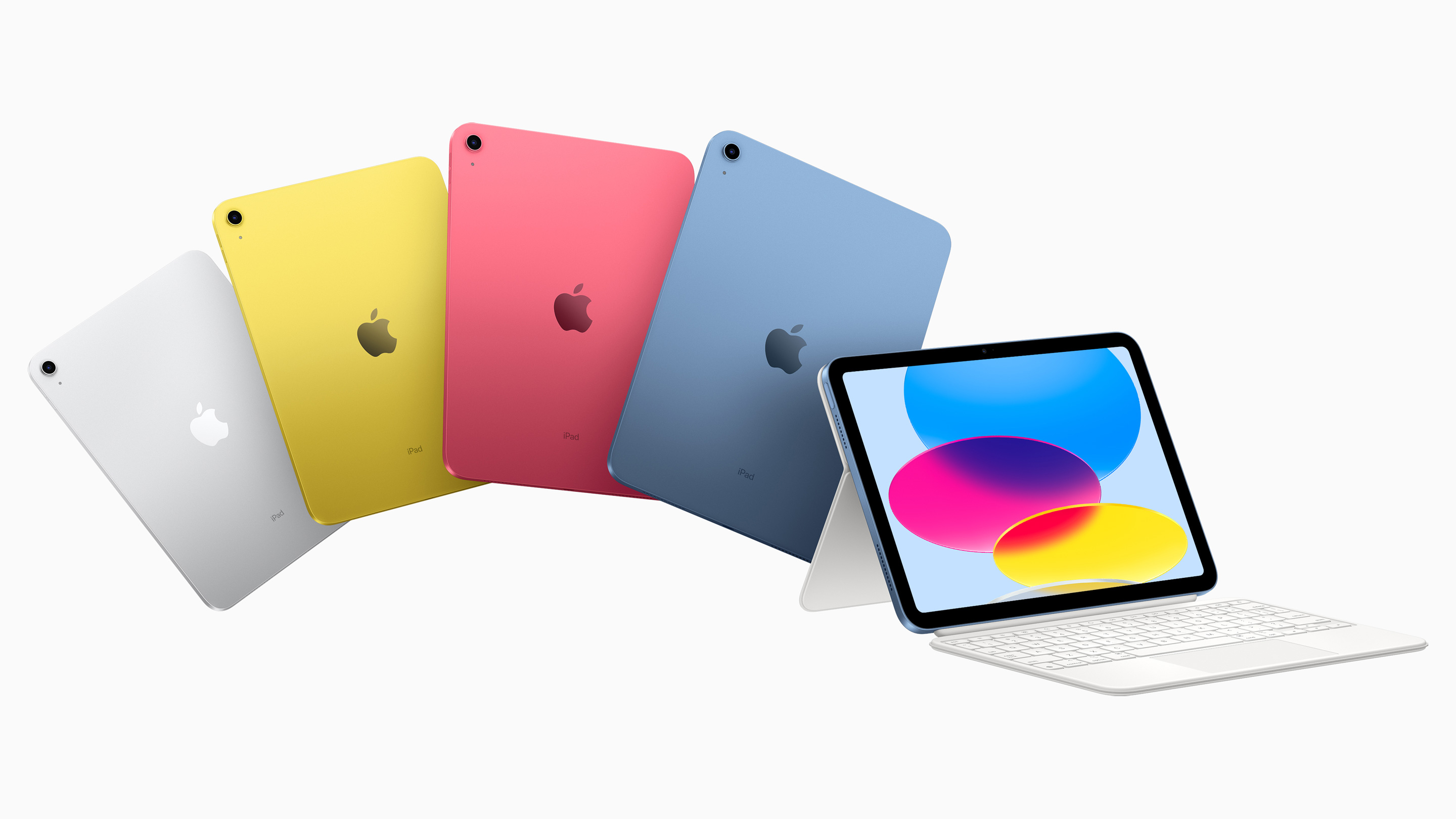
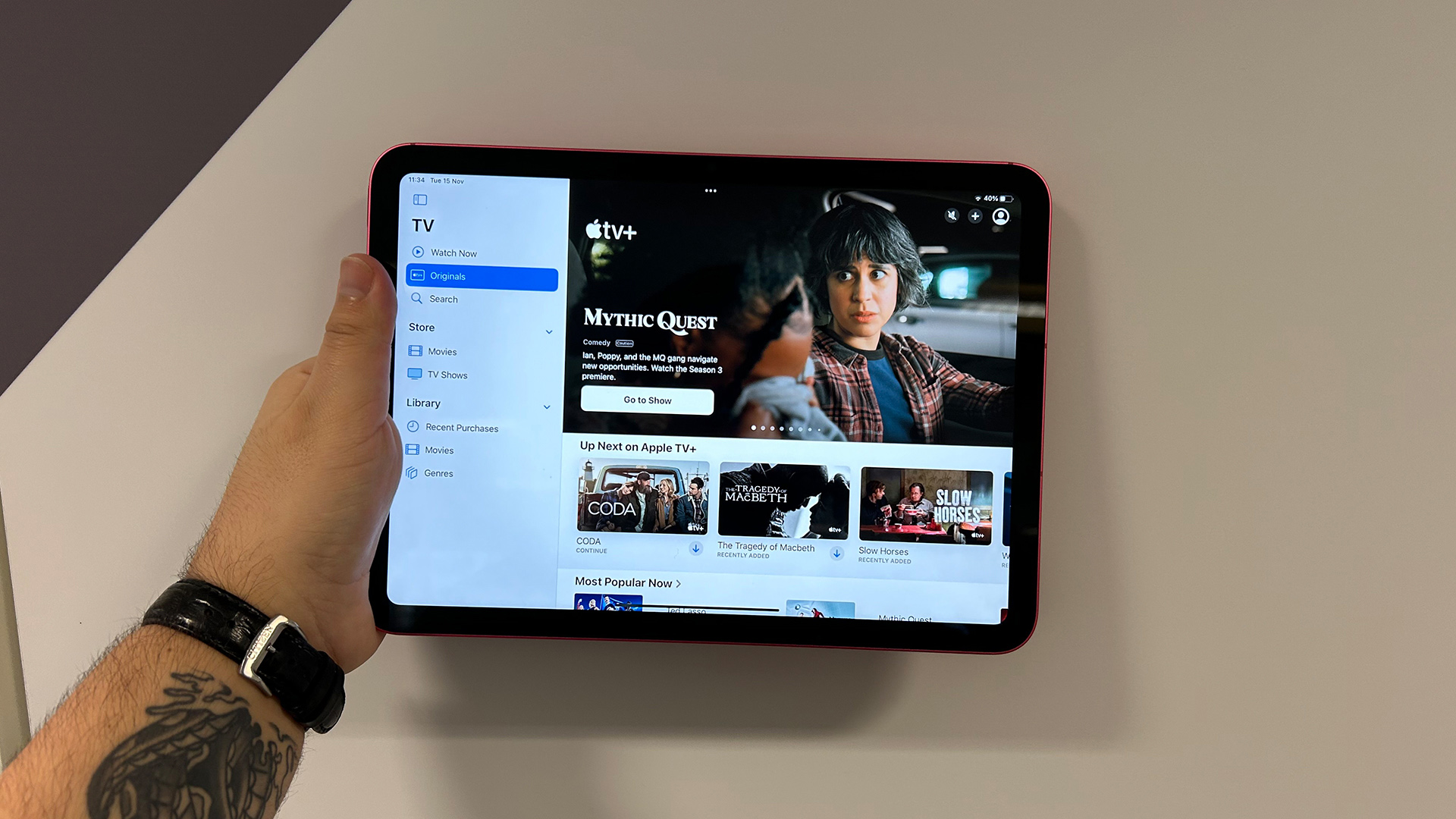
1. Apple iPad (2022)
Our expert review:
Specifications
Reasons to buy
Reasons to avoid
This is the 10th generation of iPad, which makes us feel a bit old. To see its trusty tablet into double digits, Apple has given it its biggest makeover yet. Gone is the monochromatic shell in favour of bright hues and squared-off edges.
It's a success. The 'all-screen' design brings it in line with the classy-looking iPad Air, with smoothed-off flat edges and narrow bezels. The new colours (among them yellow and pink) add a sense of fun without cheapening the device, and the screen has been enlarged, from 10.2 inches to 10.9. The front-facing camera is now better positioned for video calls in landscape, too.
Other improvements include the adoption of USB-C for charging and data transfers, and a higher screen resolution (to go with the larger size).
Performance is as reliable as ever, with richer, bolder colours than the previous generation iPad, with plenty of dark detail to enjoy. The sound is a big improvement too, with clear vocals and ample bass weight. It's a little pricier than previous models, but still worth every penny.
Read the full Apple iPad (2022) review
Attributes | Notes | Rating |
|---|---|---|
Picture | Sharp edges, impressive details, and all on a larger screen | ★★★★★ |
Sound | The speakers are a big improvement on its predecessor | ★★★★★ |
Features | Finally gets USB-C for more accessories | ★★★★★ |
The best premium iPad
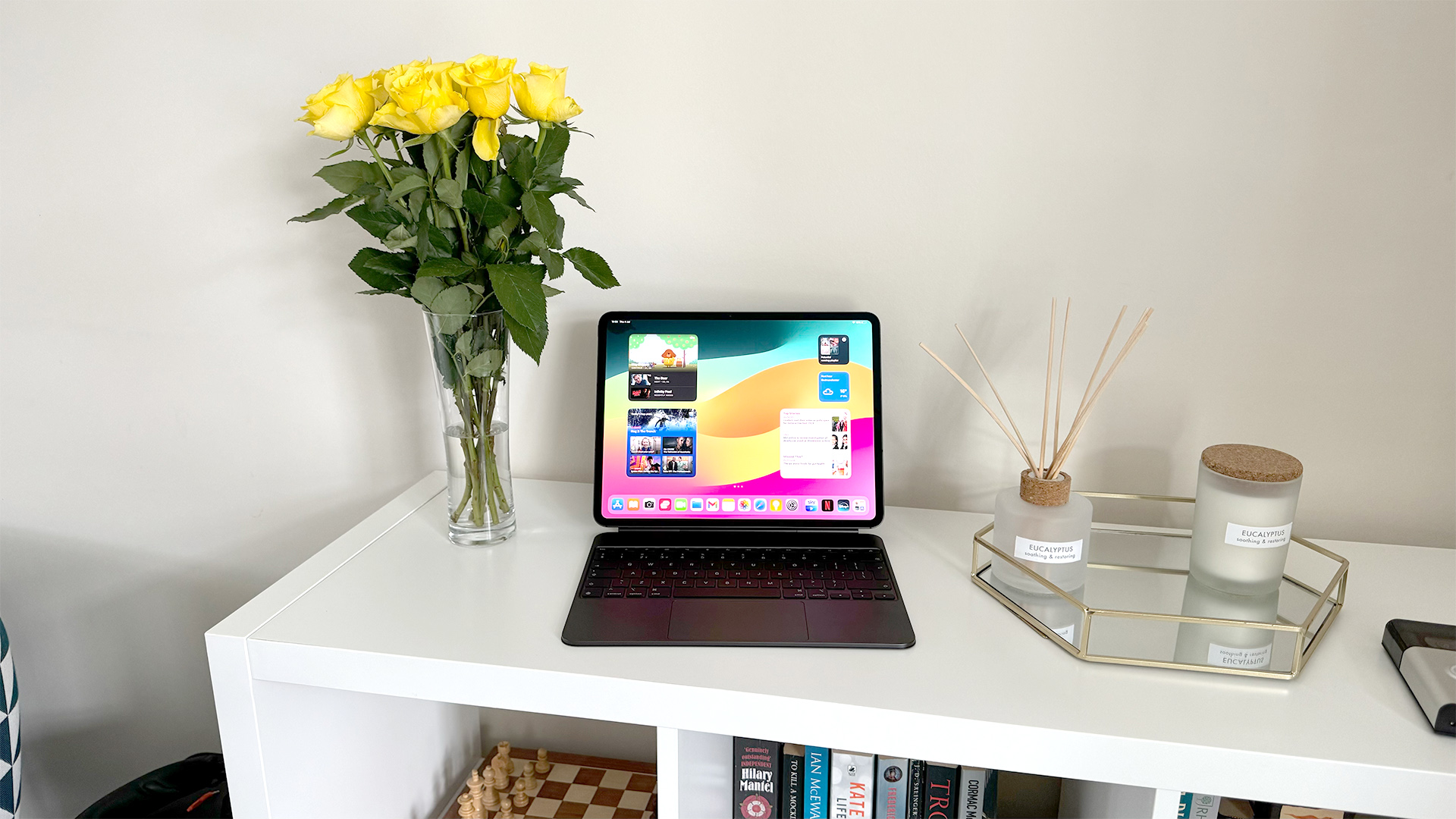
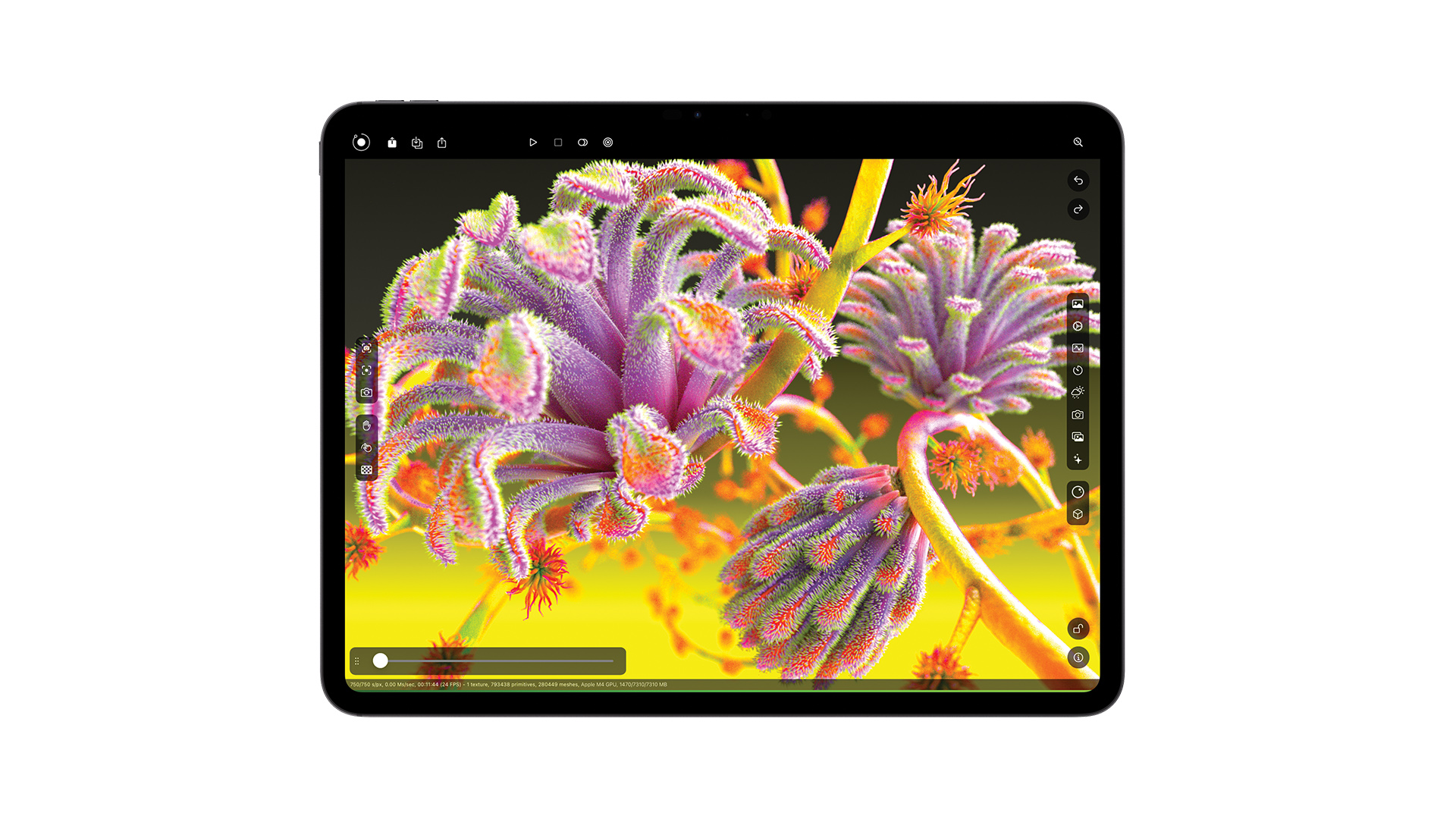
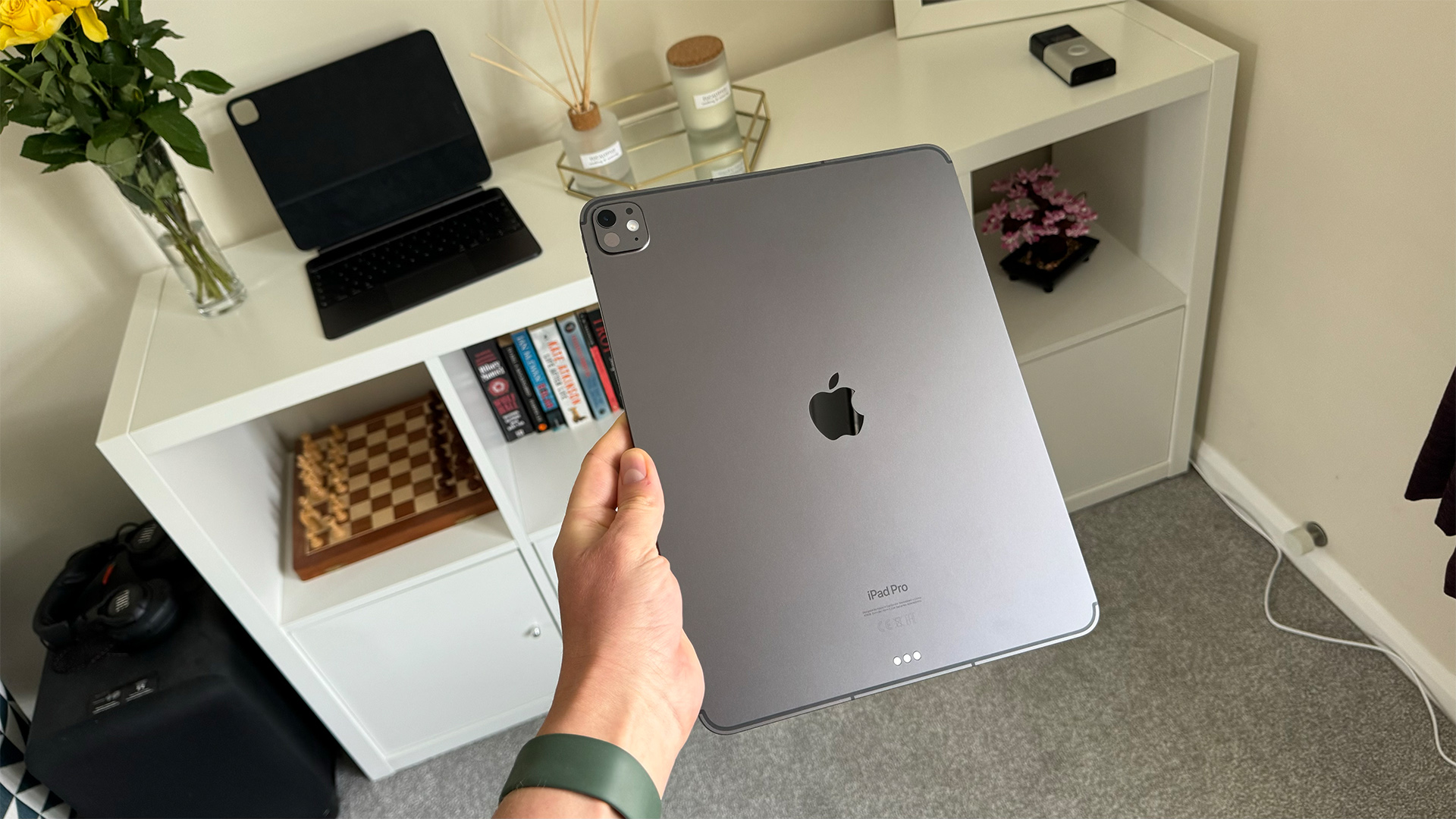
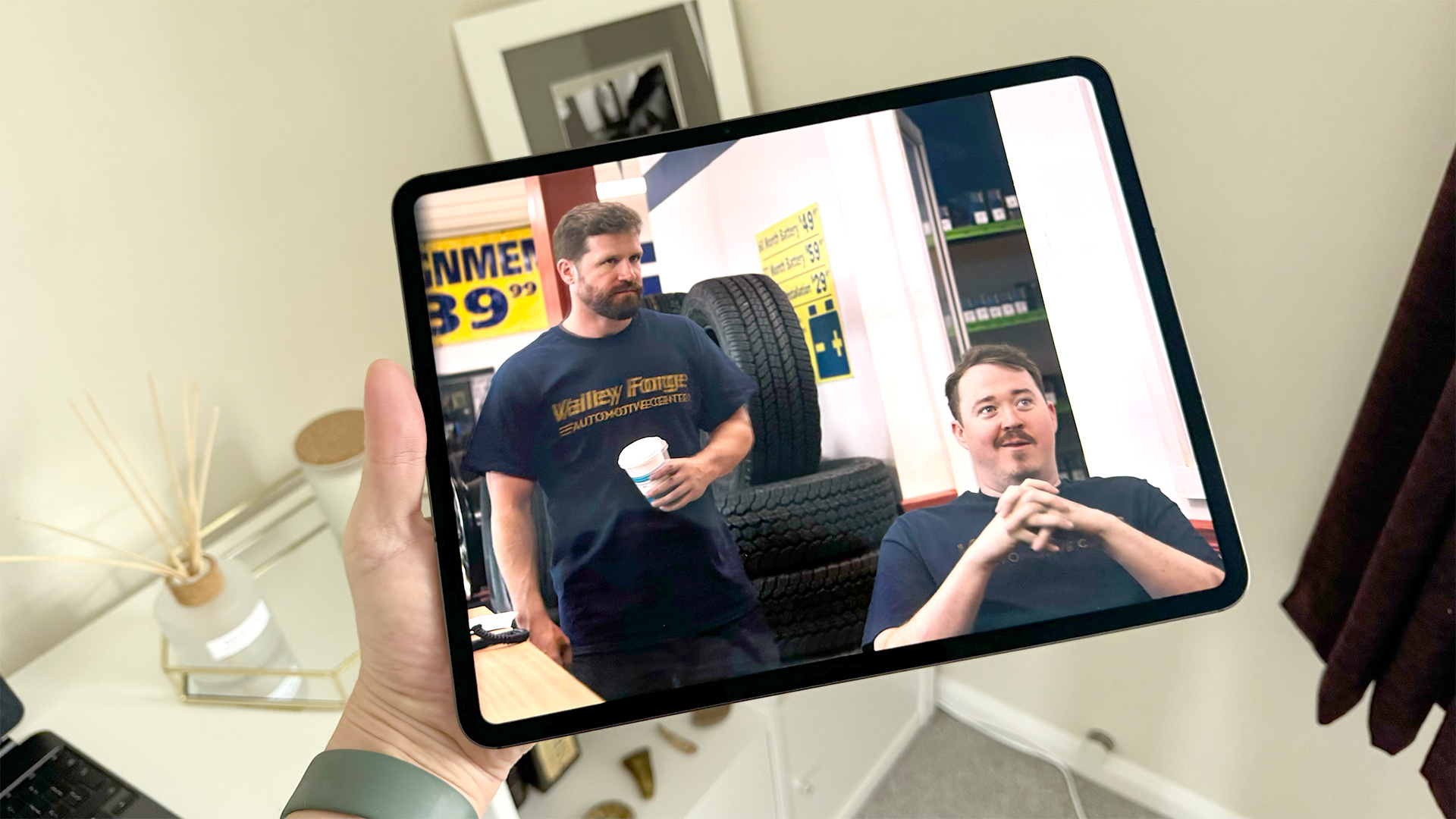
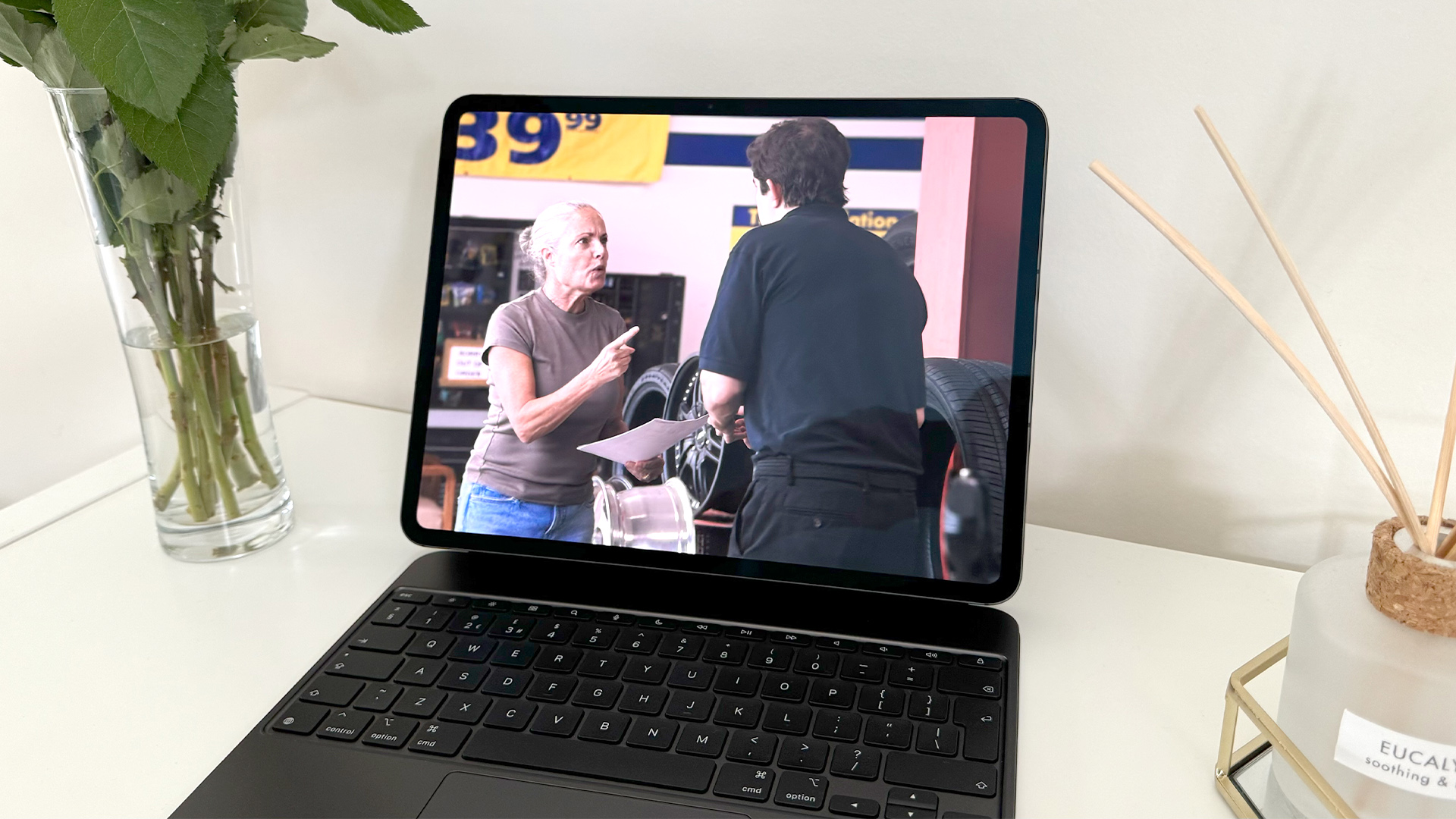
2. Apple iPad Pro 13-inch (M4)
Our expert review:
Specifications
Reasons to buy
Reasons to avoid
Apple has knocked it out of the park with its first OLED iPad, delivering its thinnest and most powerful tablet to date. While its Mini LED-equipped predecessor was a top performer in its own right, the new iPad Pro takes picture and sound to a whole new level.
Apple is leveraging Tandem OLED technology, which uses two OLED panels sandwiched together to enhance brightness, meaning the new Pro can hit 1600 nits with HDR highlights and 1000 nits with SDR content too. It features a 2752 x 2064 resolution with a pixel density of 264ppi, and Apple's ProMotion variable refresh rate technology which allows for refresh rates of up to 120fps.
We complemented this iPad's superb contrast and richly cinematic picture in our full review; we even drew comparison to Panasonic's range of five star OLED TVs, which should speak for itself. Its also more adept with motion than the previous model, is slightly crisper and sharper, and features the inky blacks that we know and love from OLED displays.
Sound is less of an upgrade though, with very little to differentiate the new model from the outgoing 12.9-inch Pro from 2022 when it comes to speaker performance. They still sound open and spacious, and while they can't deliver ground shakingly deep bass, they do remain composed and avoid distortion. Wired headphone performance is another story, however, with an added touch of warmth, weight and richness compared to the previous generation.
It's pricey, but if you want the crème de la crème of Apple tablets, then look no further than the 13-inch iPad Pro.
Attributes | Notes | Rating |
|---|---|---|
Picture | This iPad has top notch contrast and OLED TV-like cinematic characteristics | ★★★★★ |
Sound | Spacious speakers and a richer, more refined sound over headphones | ★★★★★ |
Features | A lightning fast new processor, high refresh rate screen and USB-C make it a dream to use | ★★★★★ |
The best mid-range iPad
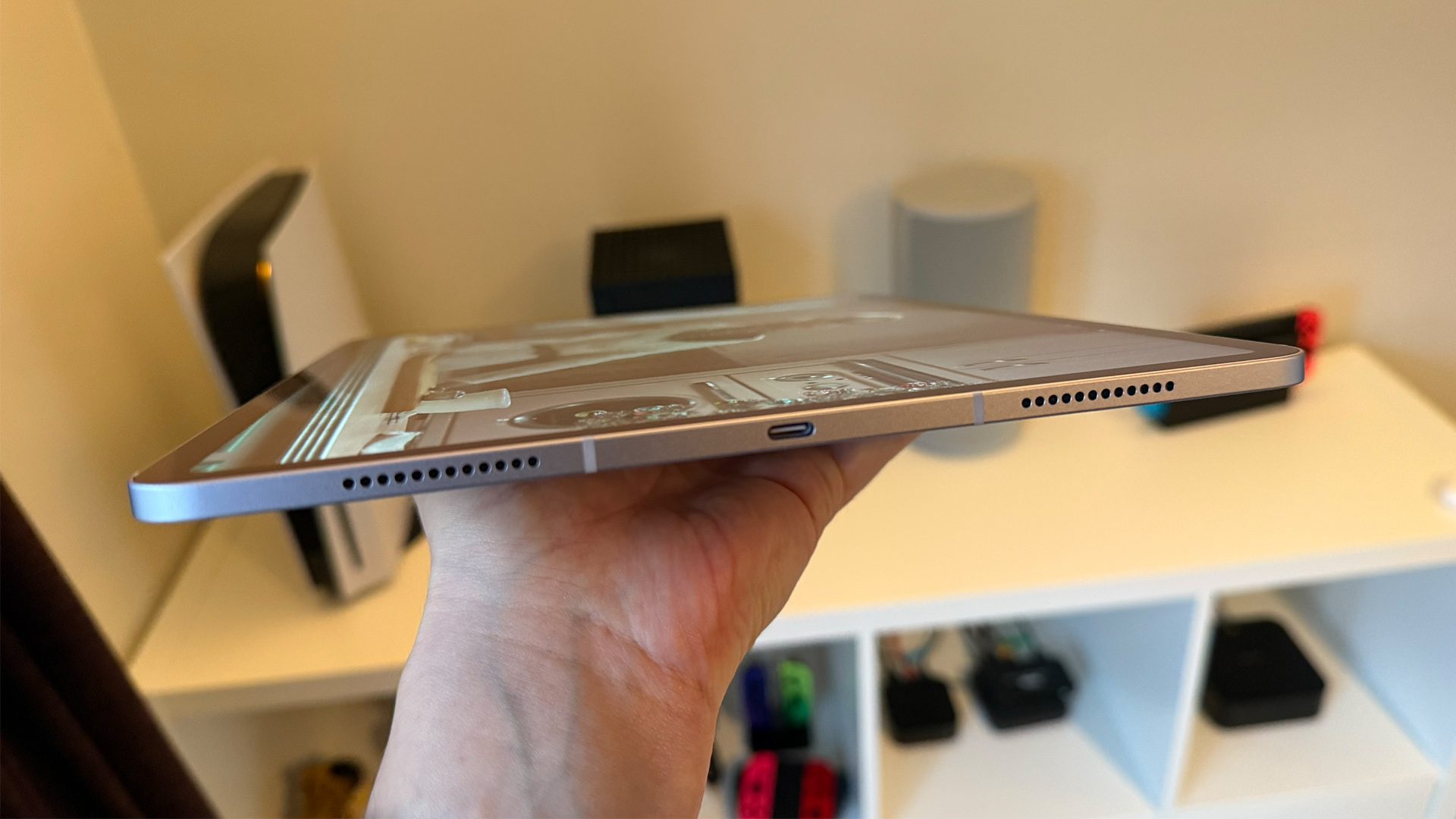

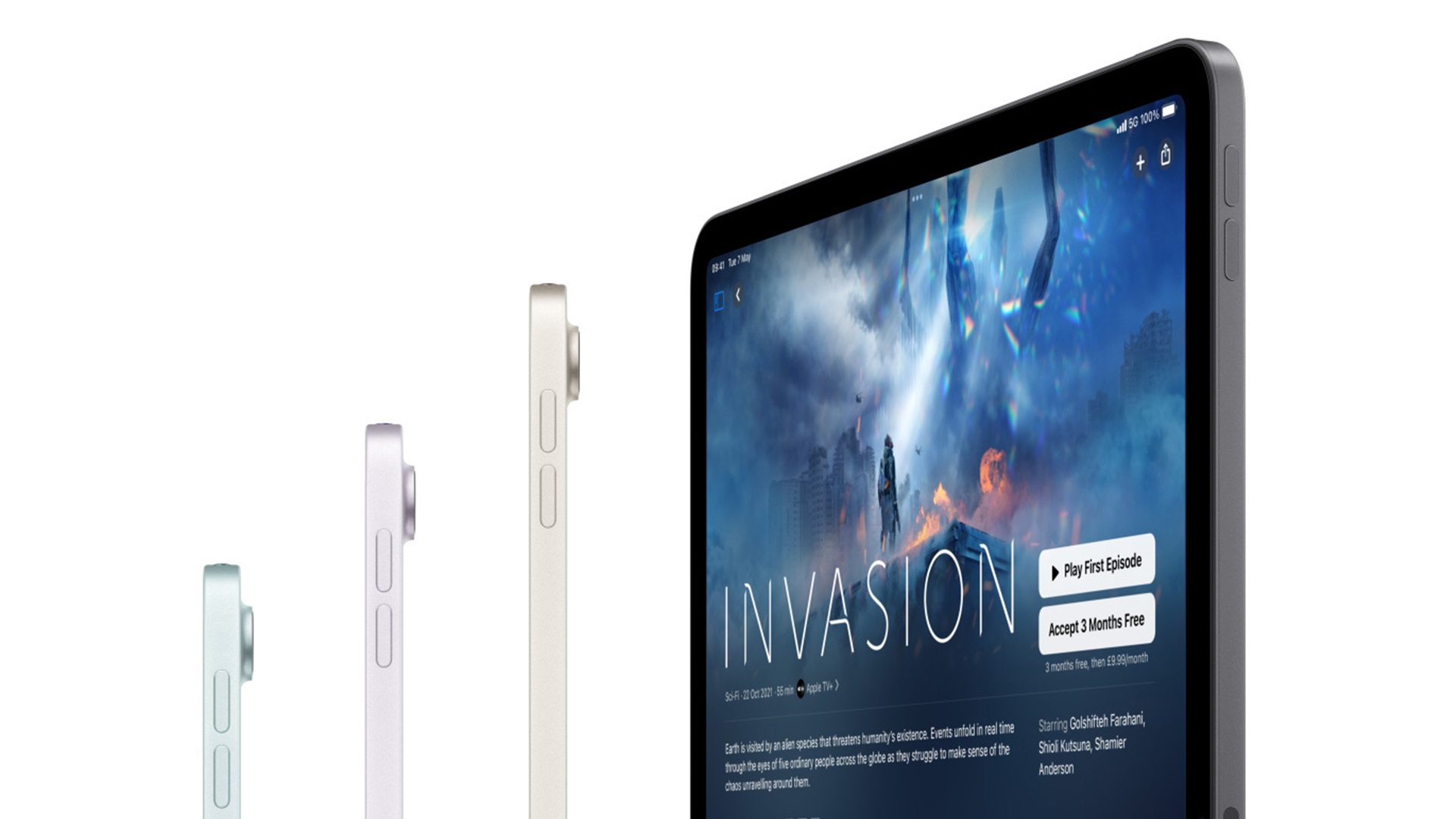
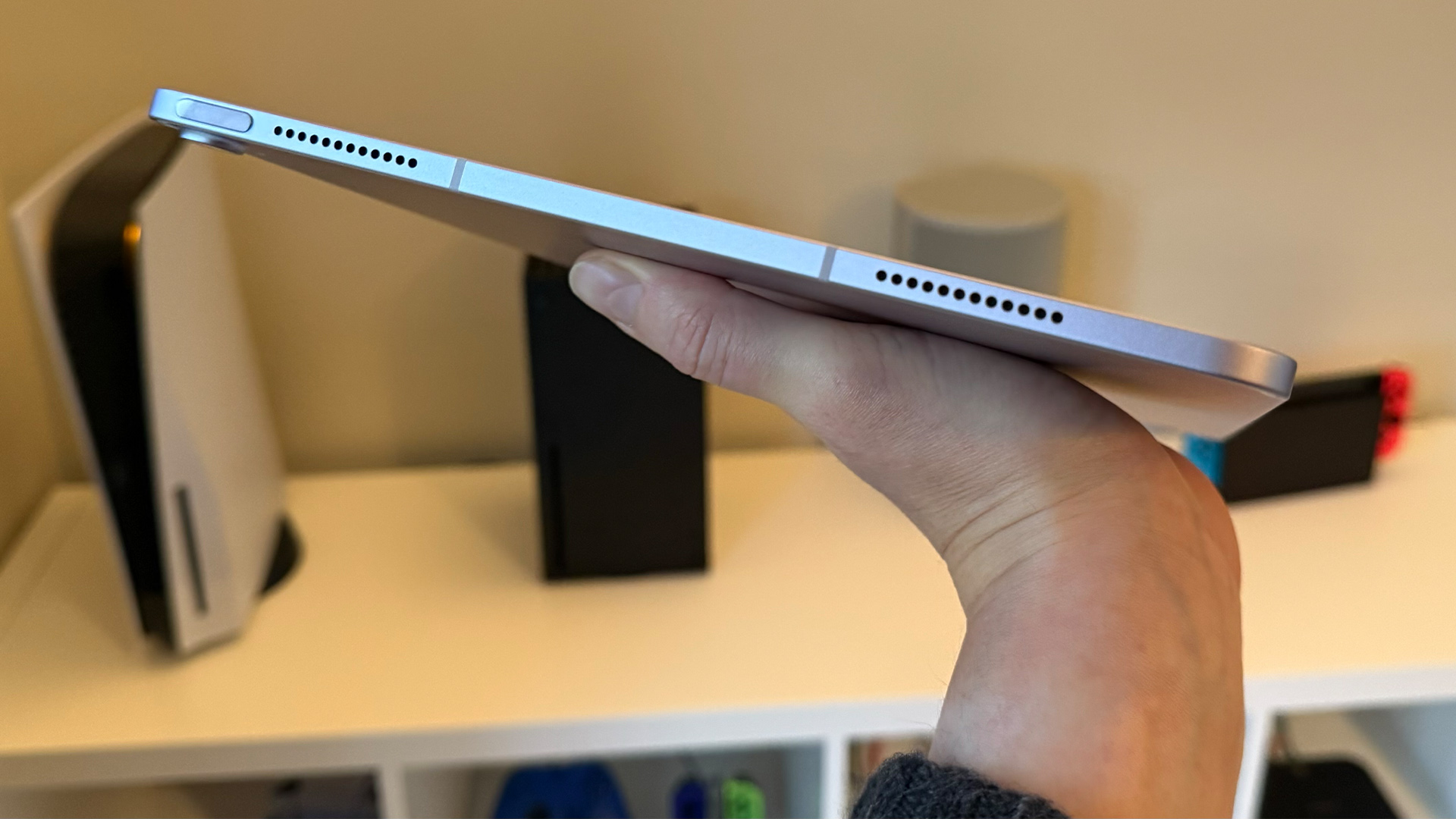
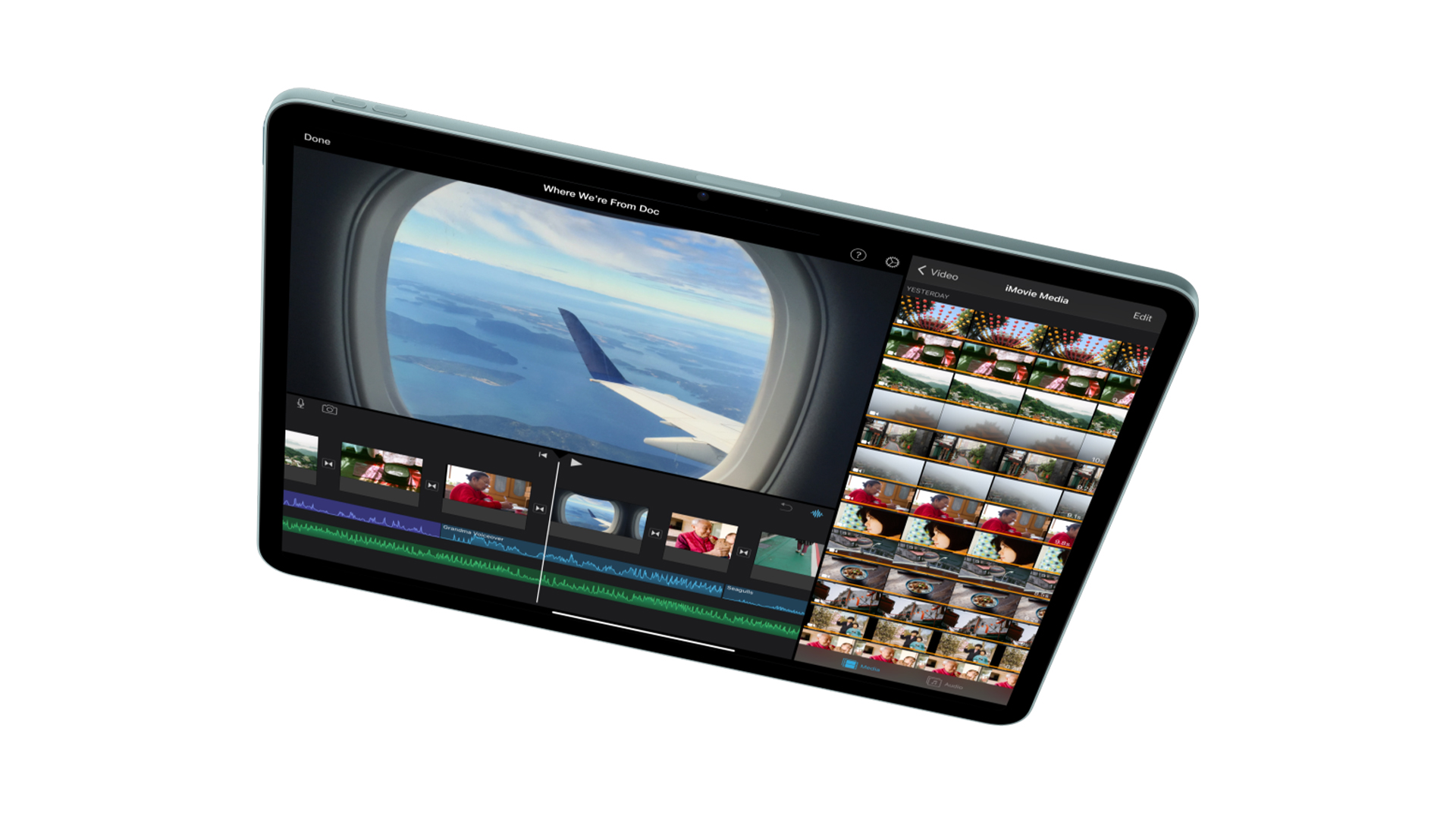
3. Apple iPad Air (2024)
Our expert review:
Specifications
Reasons to buy
Reasons to avoid
For those not wanting to stretch to the slightly eye-watering price of the premium iPad Pro, the intention from Apple is clearly to make the Air a lite version that will satisfy the creative types for whom the full-fat Pro models are expensive overkill. But will it cater to our AV needs as well?
Unlike the iPad Pro's Tandem OLED technology, the iPad Air features Apple’s tried-and-true Liquid Retina Display, which combines an LCD panel with LED backlighting and a pixel density of 264 pixels per inch.
While its picture quality doesn't match up to the iPad Pro's display, the Air still manages to produce a subtle and balanced picture performance. This isn't a surprise considering the price difference and the innovative technology the Pro uses, though. We said in our in-depth review that the iPad Air is "awesomely sharp and detailed," offering suburb motion "with no judder or soap-opera effect."
The 13-inch Air model also offers an upgrade on its predecessor's resolution, as well as offering a bigger screen. It also uses the M2 processor which is a step up from the M1 chip used in the 2022 model.
On the sound front, the iPad Air features landscape stereo speakers, just as its predecessor did, but Apple also claims that the 13-inch model specifically boasts ‘even better sound quality with double the bass’.
Read the full Apple iPad Air (2024) review
Attributes | Notes | Rating |
|---|---|---|
Picture | Very authentic and natural | ★★★★★ |
Sound | Not massively better than its predecessor, but the bar is already pretty high | ★★★★★ |
Features | USB-C and the M1 processor make it a force to be reckoned with | ★★★★★ |
The best small iPad

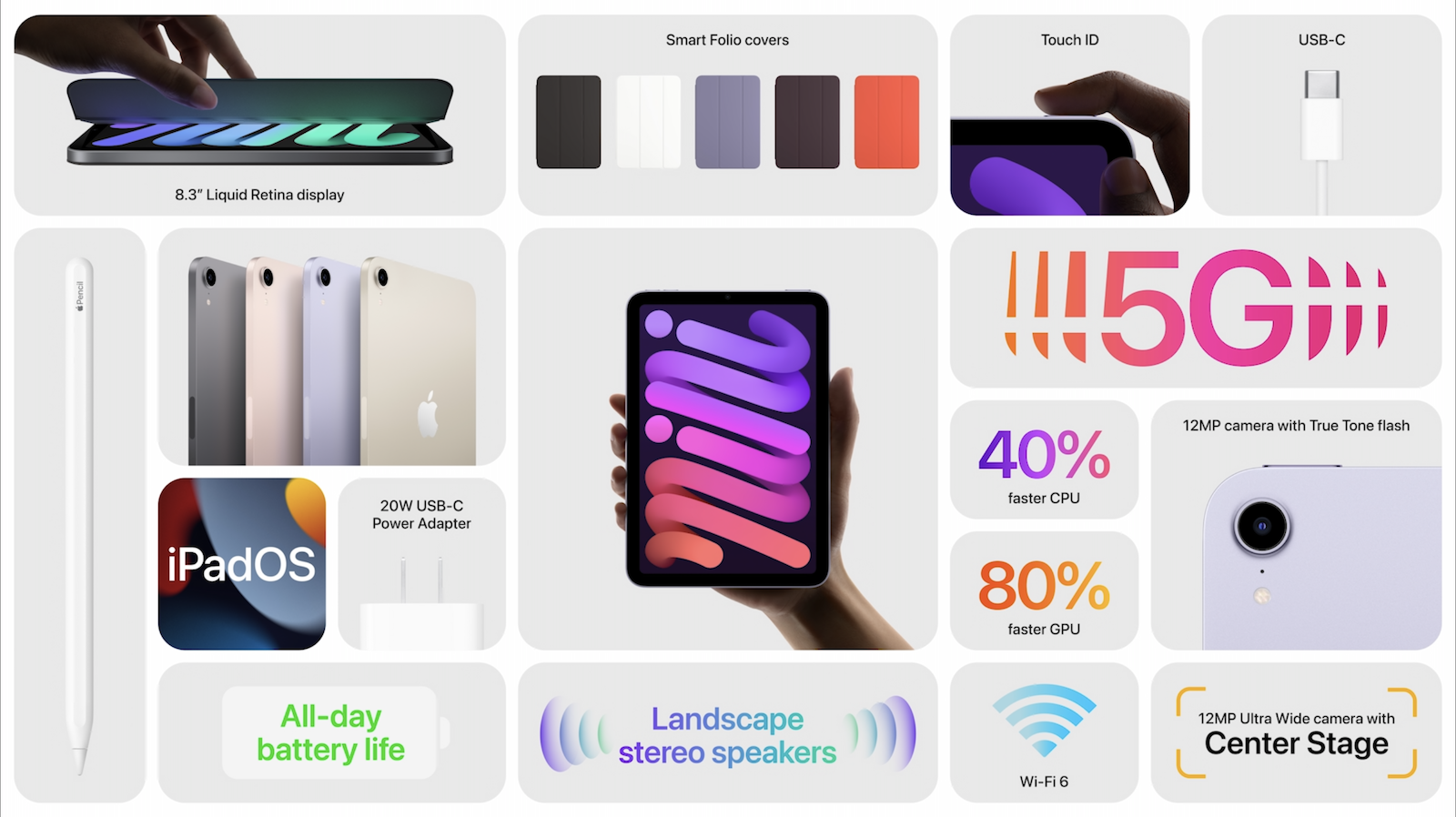
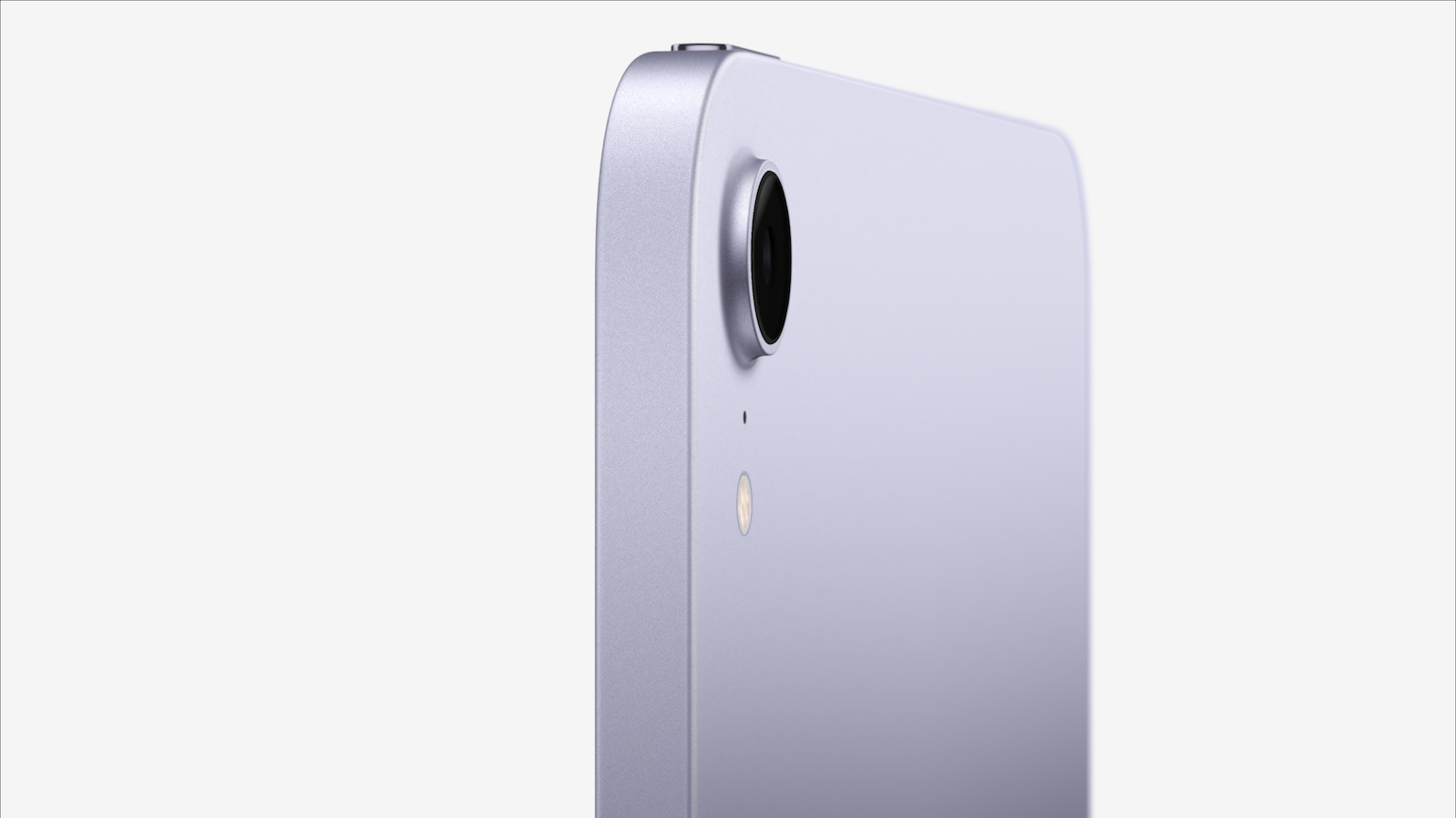
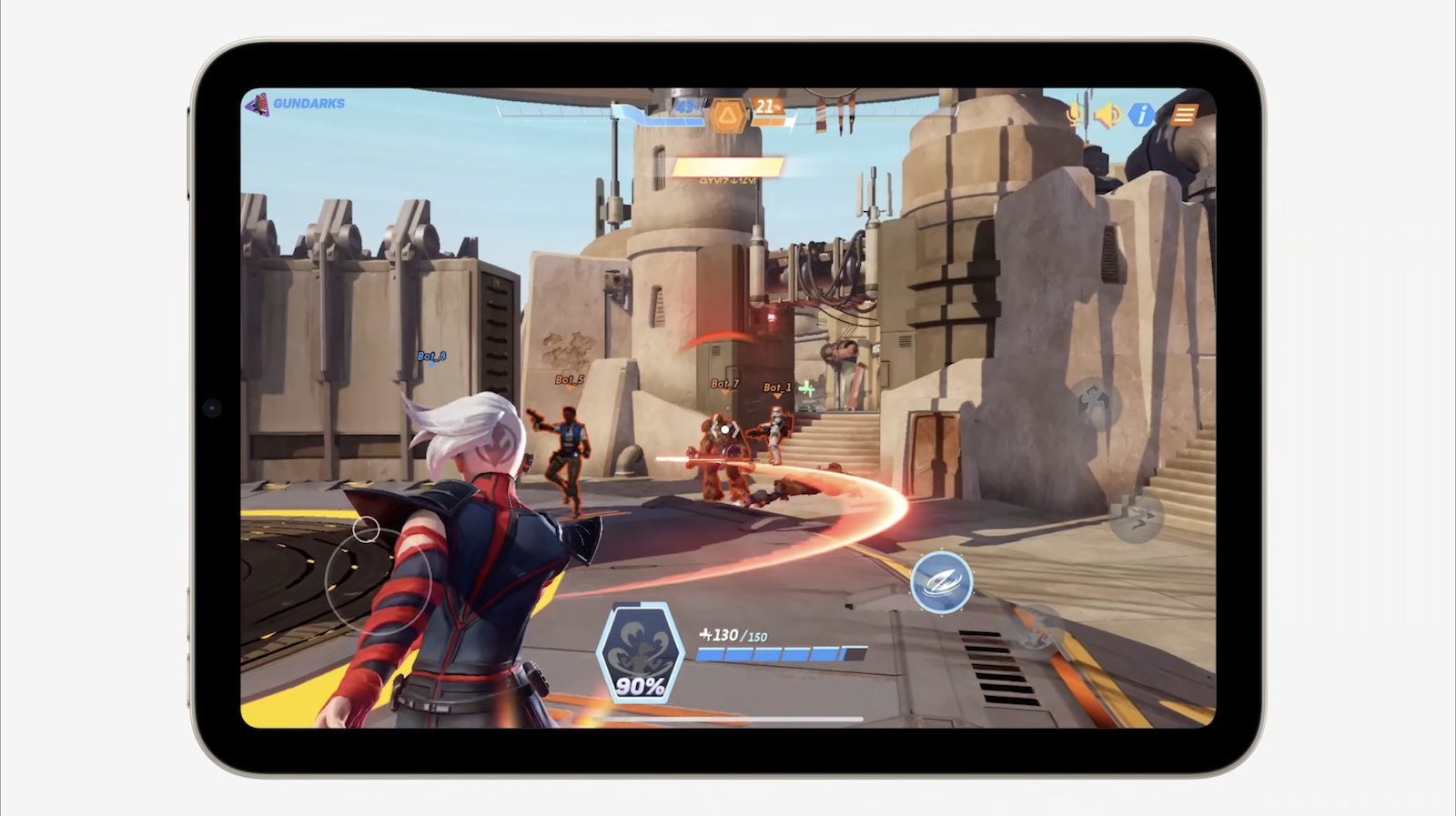
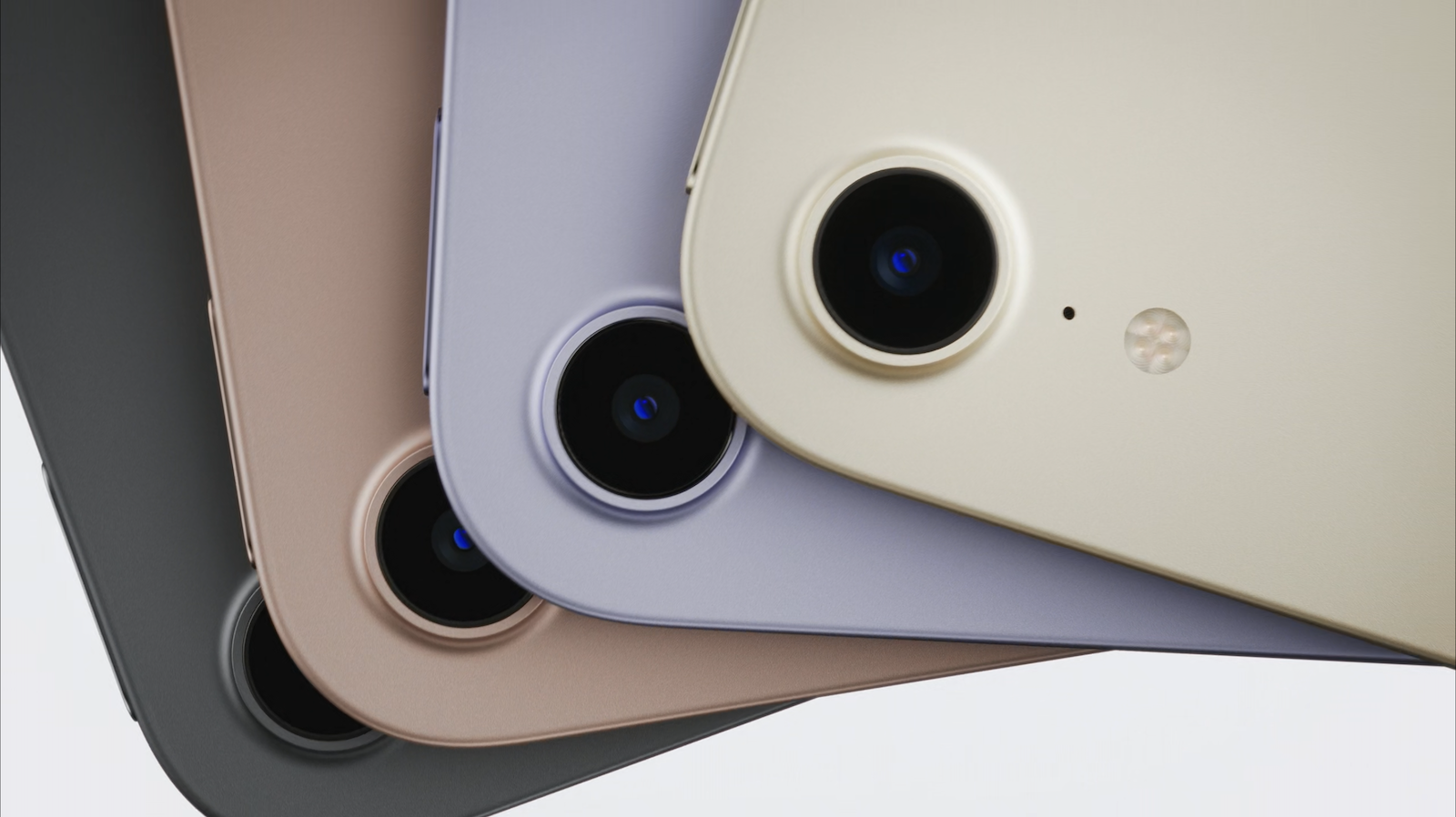
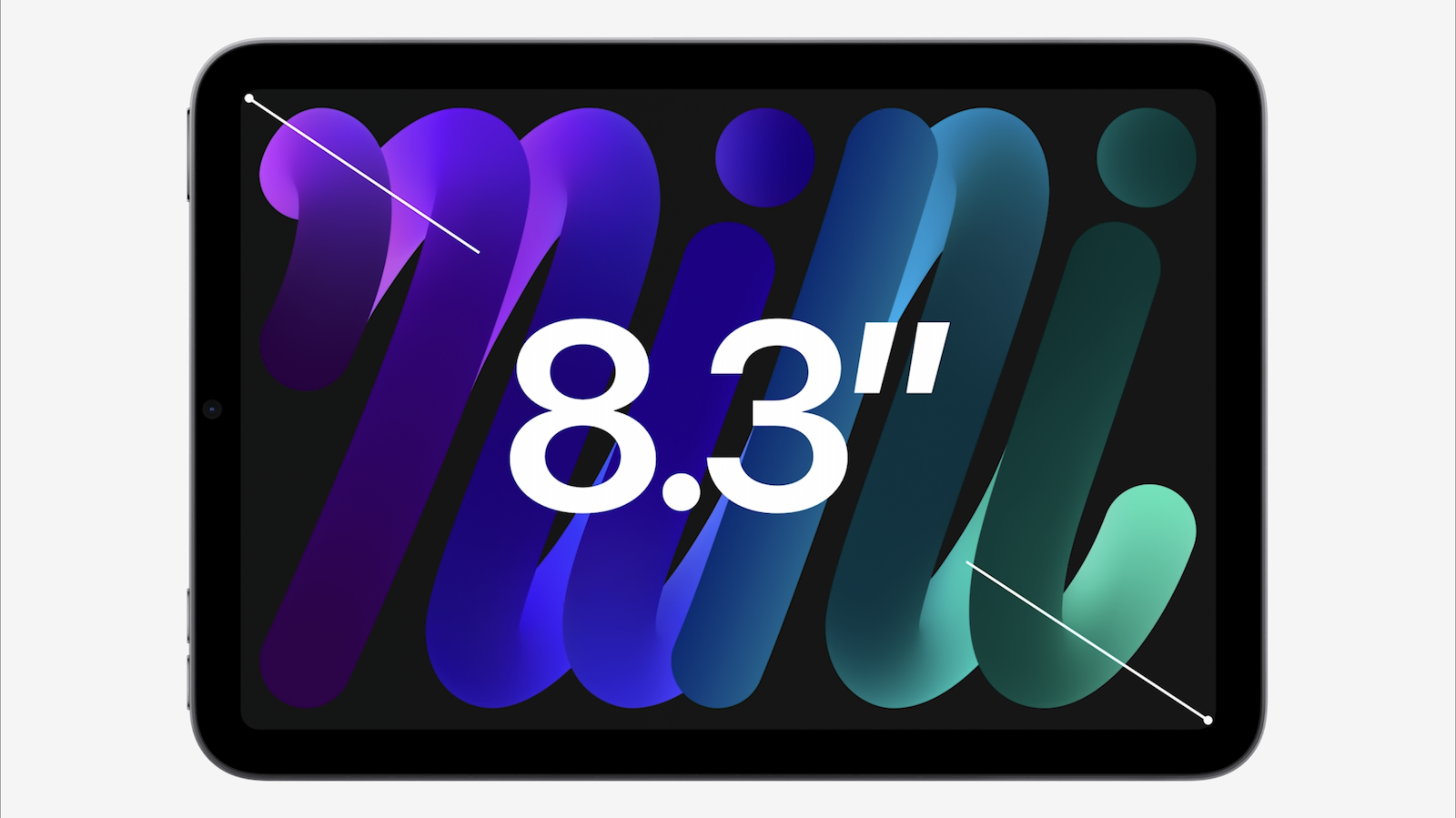
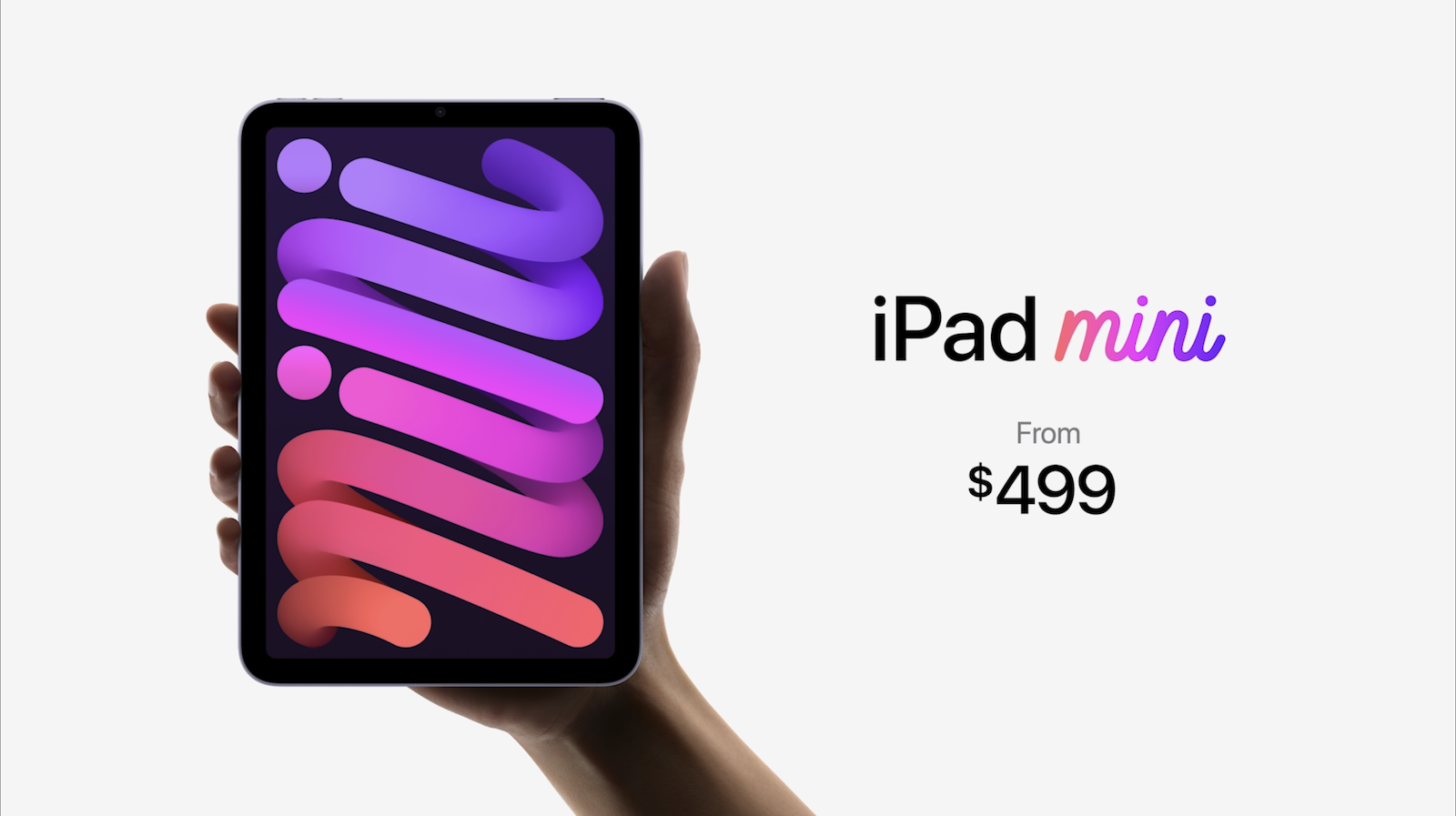
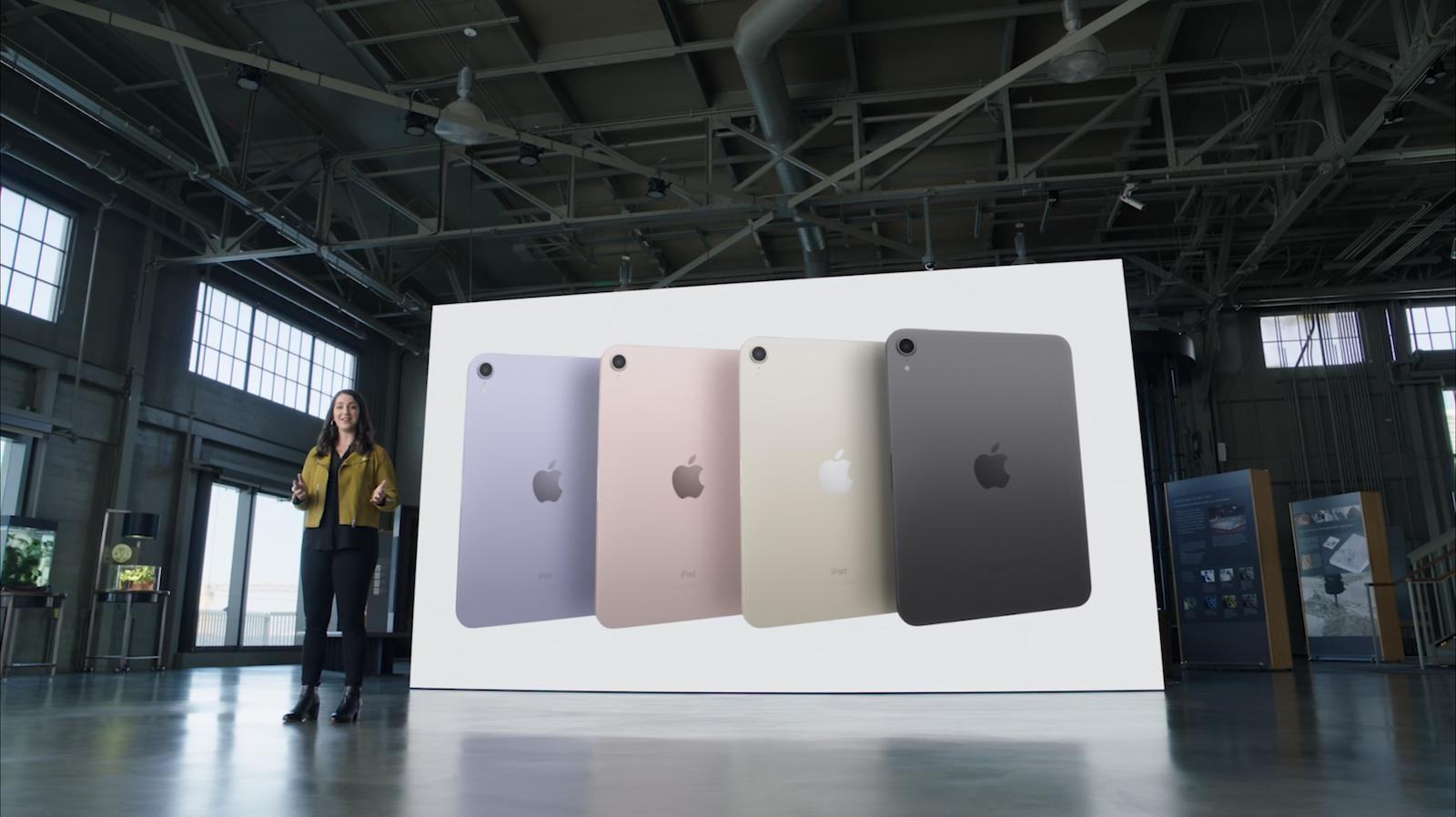

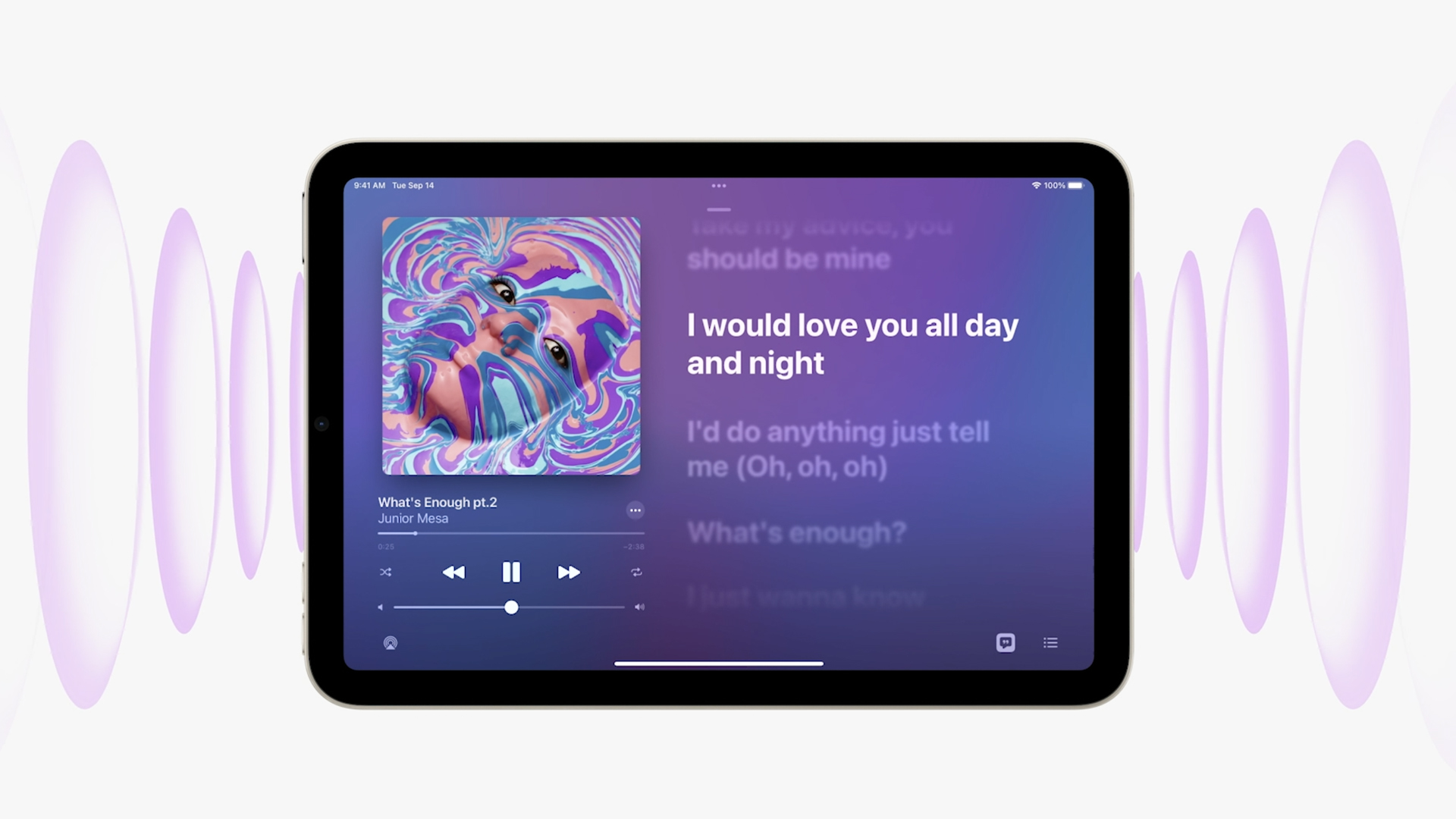
4. Apple iPad Mini (2021)
Our expert review:
Specifications
Reasons to buy
Reasons to avoid
Be honest: do you really need all that screen space? If you're gaming, or only ever using your tablet at home, then fair enough. But for most people, who want to a device a little bigger than their phone but without taking up too much space in their bag, the iPad Mini is the ideal companion.
The 2021 iPad Mini has a slightly bigger screen than its predecessor, yet manages to stay nicely portable. In fact, it will fit in some jacket pockets, thanks to its shrunken bezel, allowing more screen real estate in a miniature footprint. But not only is the screen bigger, it's better too – the 500 nit LCD panel is less prone to light leakage than its predecessor, giving images more pop and punch.
And it sounds better as well. The dynamic expression has really come on – partnered with the great sense of timing, it makes for quite a listen. Apple has put speakers on both ends of the tablet – a first for the Mini – which gives films a suitably cinematic scale when watching without headphones.
Talking of headphones, it lacks a 3.5mm jack, so you'll have to use either wireless headphones, those that connect via USB-C, or you'll need an adapter. But that's the case with most portable devices, and not many pack such impressive abilities into such a small package.
Read the full Apple iPad Mini 6 (2021) review
Attributes | Notes | Rating |
|---|---|---|
Picture | Less light leakage makes it great for movies | ★★★★★ |
Sound | Excellent, and much better than its predecessor | ★★★★★ |
Features | Typically excellent thanks to the superb operating system | ★★★★★ |
Also consider
The best iPad alternatives we've tested:
Amazon Fire HD 8 (2022): an Award-winner for very good reason, delivering clean, consistent sound and balanced picture quality for a very reasonable price.
Samsung Galaxy Tab S9 Ultra: subtle it isn't, but this tablet is big and bold with a cinematic screen and very good speakers. It wants to be the ultimate media machine and very nearly succeeds.
Google Pixel Tablet: with a dock bundled in the box, a sharp picture and impressive speakers, the Pixel Tablet is a compelling proposition. But the colours could be bolder and audio is a little underwhelming through headphones.
How to choose the best iPad for you
Do you go for the standard iPad? The thinner, lighter iPad Air? The big pocket-sized iPad Mini? Or do you spend big on an iPad Pro 12.9 with all the bells and whistles, and stunning cinematic potential?
Before you start browsing, think about what you want to do with an iPad. If you'll be taking it out and about, the Mini might be the best iPad for you, as it's smaller and more portable than its siblings.
Of course, you'll find bigger screens on other iPads, so the Mini might not be the best option for watching films and playing games for long periods. In that case, maybe the standard iPad or iPad Air might be preferable.
And, closely related to this is battery life. If children will be using them while you're out and about, you might need an iPad with enough juice to last a long-haul flight.
If you want to use your iPad for creative work (such as illustration, design, animation or music-making), the more powerful iPad Pro might be right for you. It also comes with the Apple Pencil, a stylus that's great for drawing and annotating (though you can use this with the latest versions of the iPad, Air and Mini too).
And when you eventually decide to take the plunge, why not consider partnering your new iPad with a pair of wireless headphones? Come to think of it, the Apple AirPods Max might be a particularly impressive match.
How we test the best iPads
There might only be four products in Apple's iPad range but deciding which ones we'd recommend is harder than it sounds. Thankfully, here at What Hi-Fi? we have years of expertise and plenty of resources to ensure that we can rigorously test these options so we can recommend them to you with confidence.
Thanks to our dedicated testing rooms in Bath and Reading, alongside our knowledgeable and experienced team, we can conduct thorough tests to explore what these devices can do. We also use these tablets on trains and buses, in crowded restaurants, in the park on a sunny day... basically we use them as if we had bought them, to work out how they will perform for you.
Our main area of focus is picture and sound, meaning that these tablets all must excel at delivering a quality AV experience; but features, cameras, battery life and software are all also key factors when it comes to testing these tablets.
In order to combat any personal preference or bias, each product is given a group consensus before any verdict is made. This also ensures that we haven't missed anything, as well as approaching the performance from different viewpoints to get a more holistic view of the device overall.
Our Best Buys are a collection of products that we believe provide the best experience at their price points. You can buy them with peace of mind, knowing they have the What Hi-Fi? seal of approval.
You can check out our full range of Best Buys if you're looking of more approved tech recommendations. And for more information about our testing process, check out our dedicated how we test page.
F.A.Q.
What is the difference between an iPad Air and an iPad?
The iPad Air is slightly lighter and thinner than the standard iPad, but it has a couple of upgrades as well: an anti-reflective coating makes the screen easier to see in bright light, and the M1 processor and 8-core GPU is faster than the standard model's A14 Bionic and 4-core GPU.
What is the up to date iPad?
The latest models are: iPad (10th Generation), iPad Air (5th Generation), iPad Mini (6th Generation), iPad Pro 11in (4th Generation) and iPad Pro 12.9in (6th Generation).
What are disadvantages of iPad Air?
The iPad Air is a very strong device – a past Award winner – but it's not perfect. It's quite expensive, and the rear camera is awkwardly placed. Its AV performance also lacks any upgrades on its predecessor, but considering the quality, maybe that's being picky.
Recent updates
11th March 2024: Added 'Also consider', 'F.A.Q.' and 'Recent updates' sections, plus galleries of images for each entry.
30th January 2024: Edited copy for iPad Mini entry and added alt texts for images.
24th October 2023: Converted to new Best Buy format.
- Find out how to get the best picture and sound on your tablet
- Listen to the best headphones around
Best deals
The latest hi-fi, home cinema and tech news, reviews, buying advice and deals, direct to your inbox.
Lewis Empson is a Senior Staff Writer on What Hi-Fi?. He was previously Gaming and Digital editor for Cardiff University's 'Quench Magazine', Lewis graduated in 2021 and has since worked on a selection of lifestyle magazines and regional newspapers. Outside of work, he enjoys gaming, gigs and regular cinema trips.
